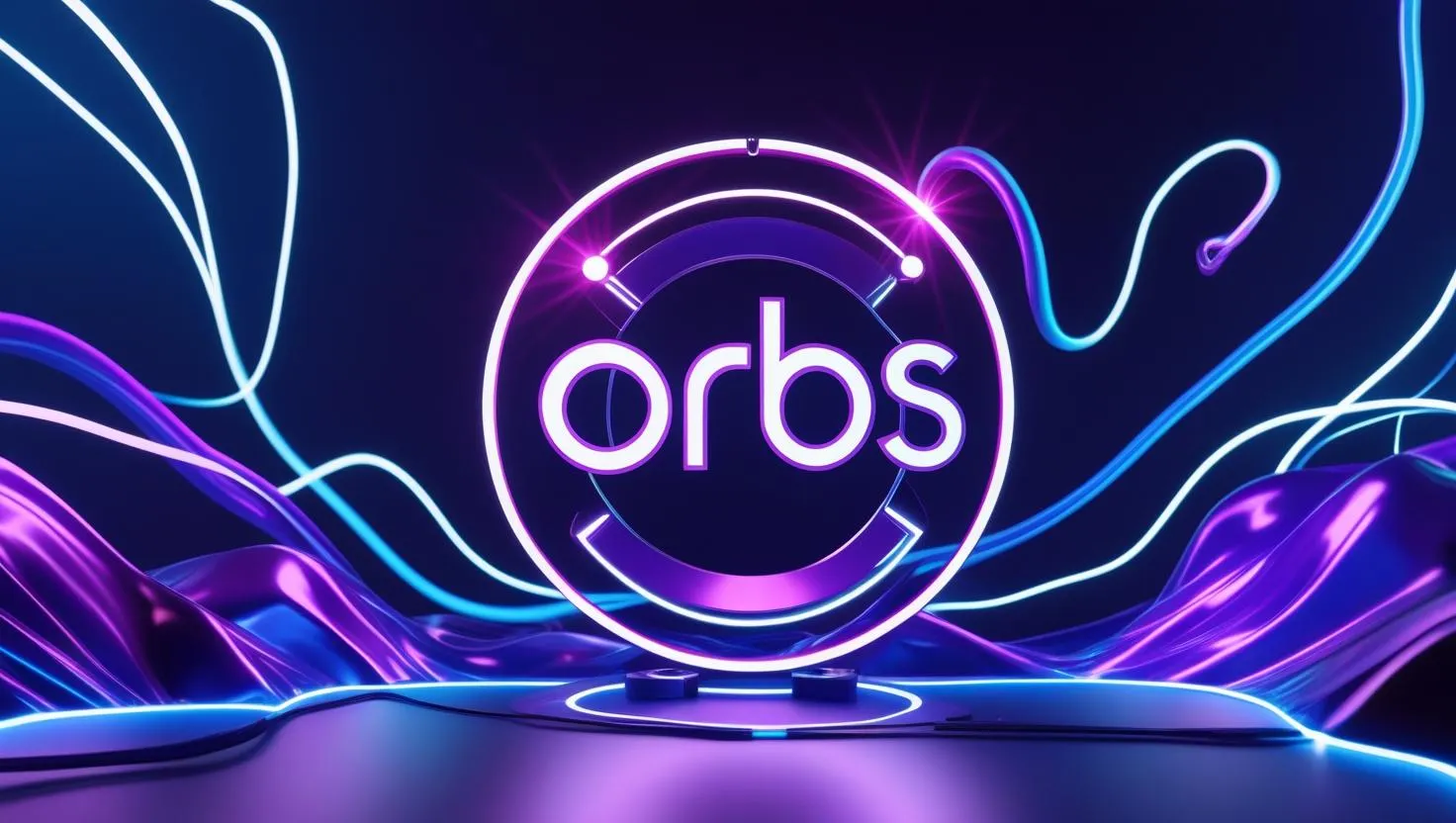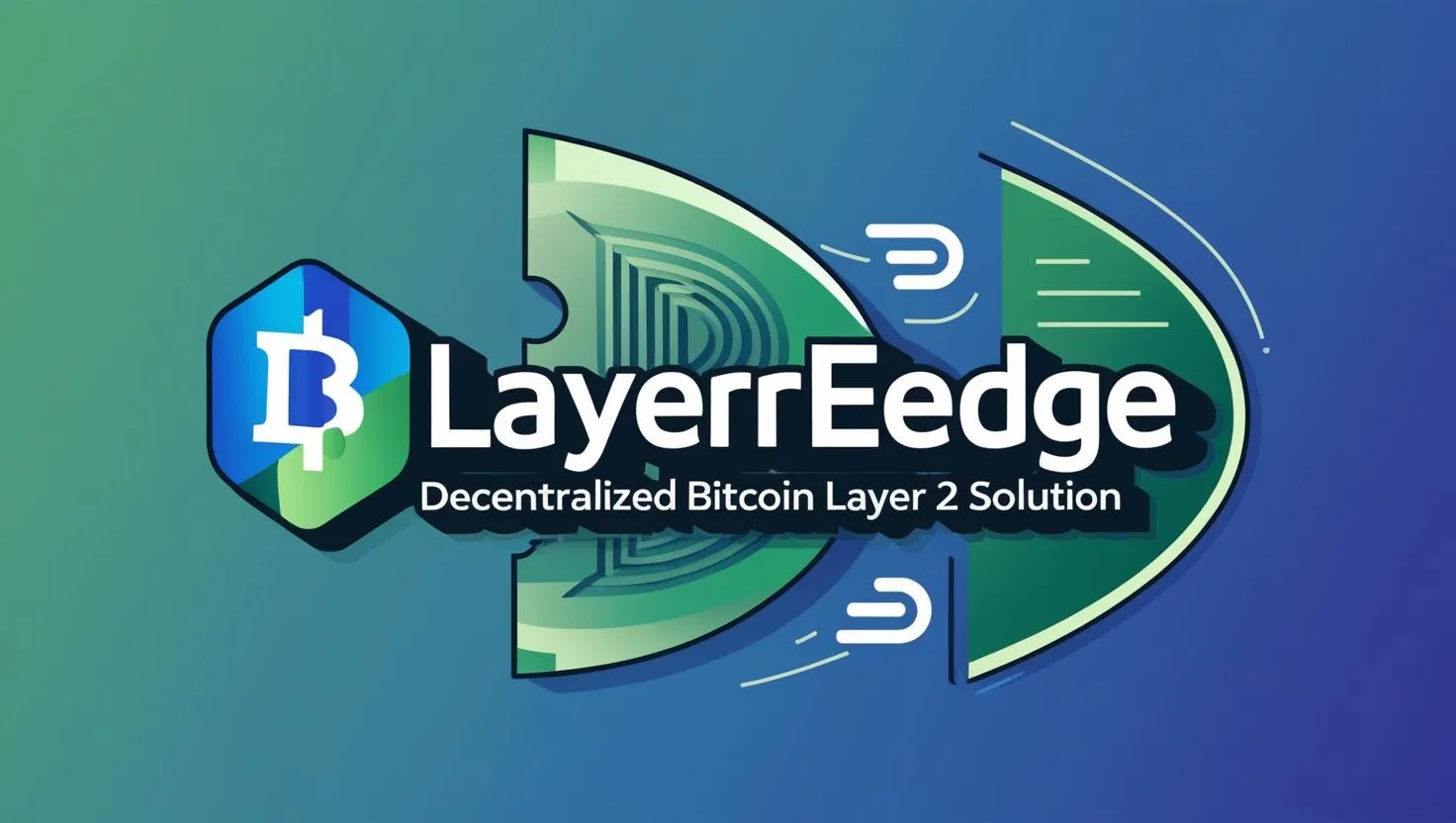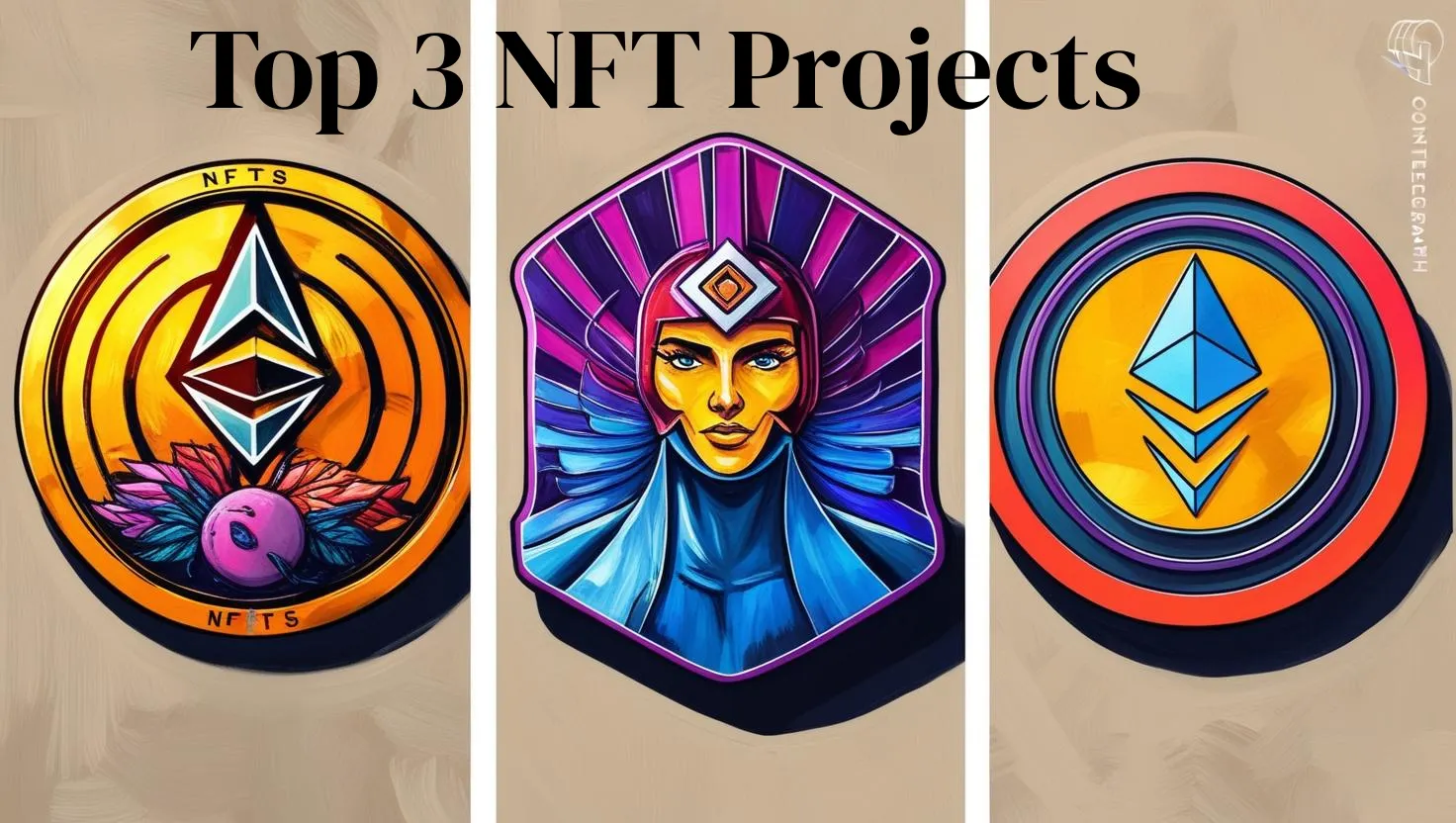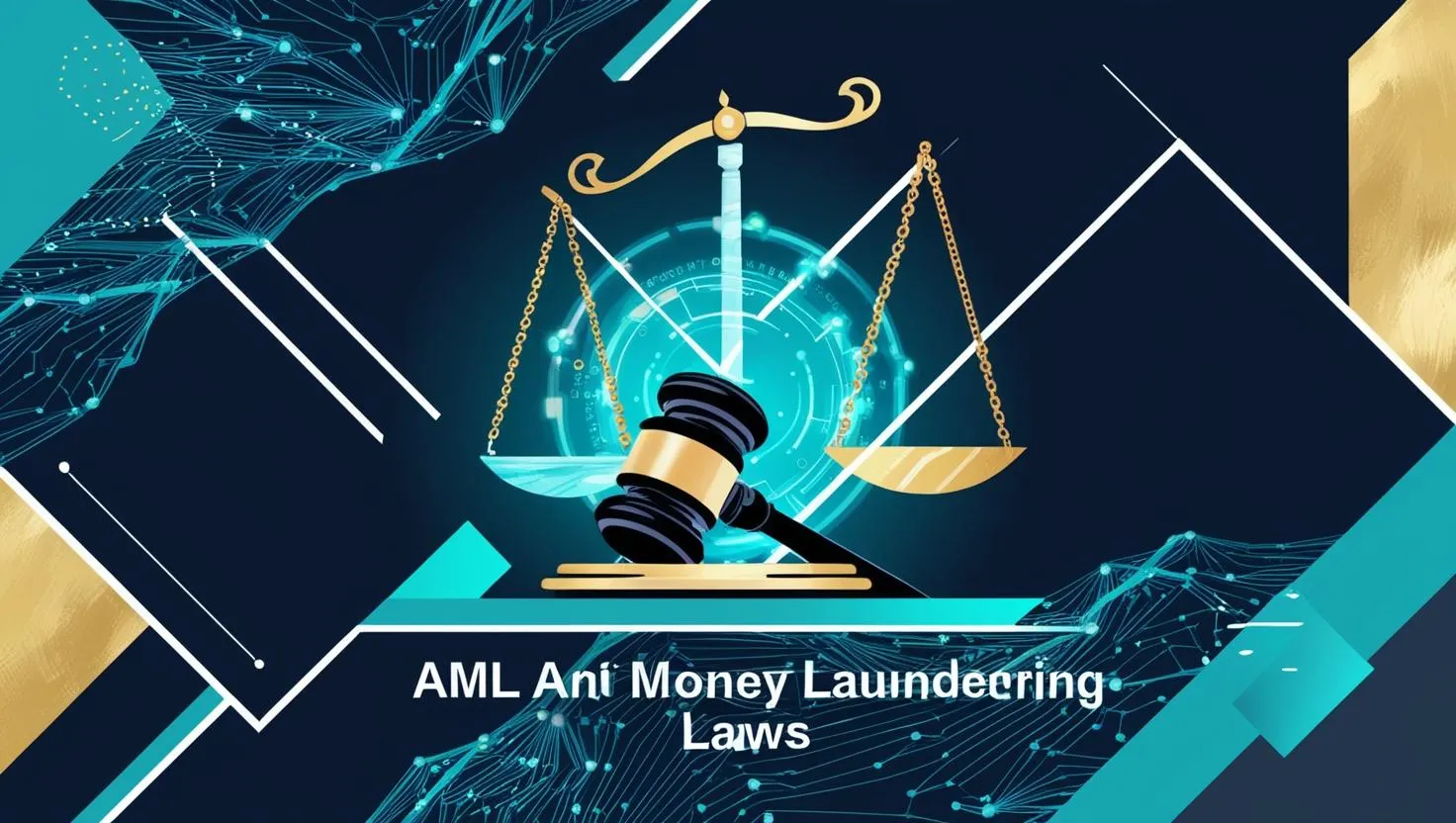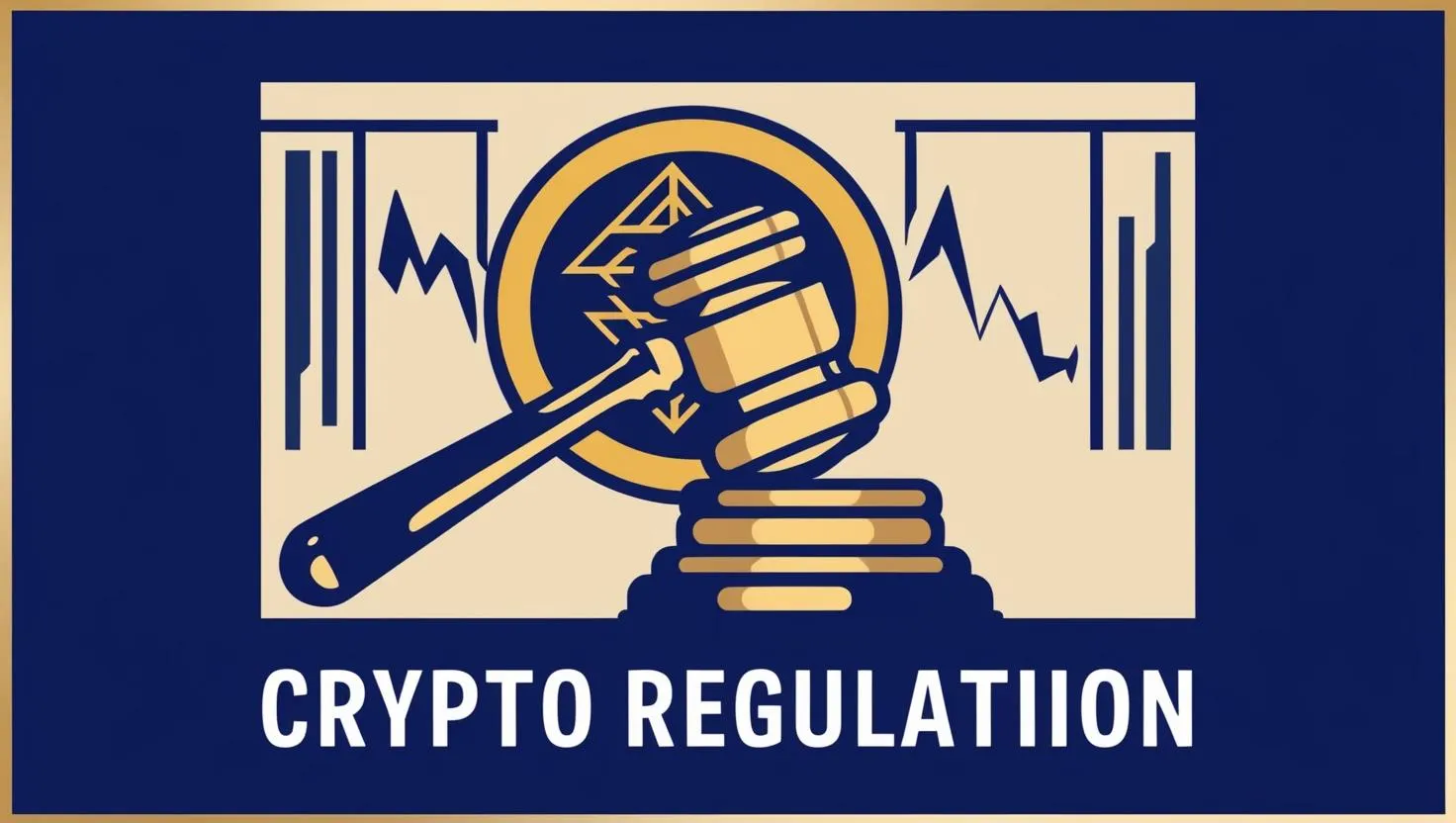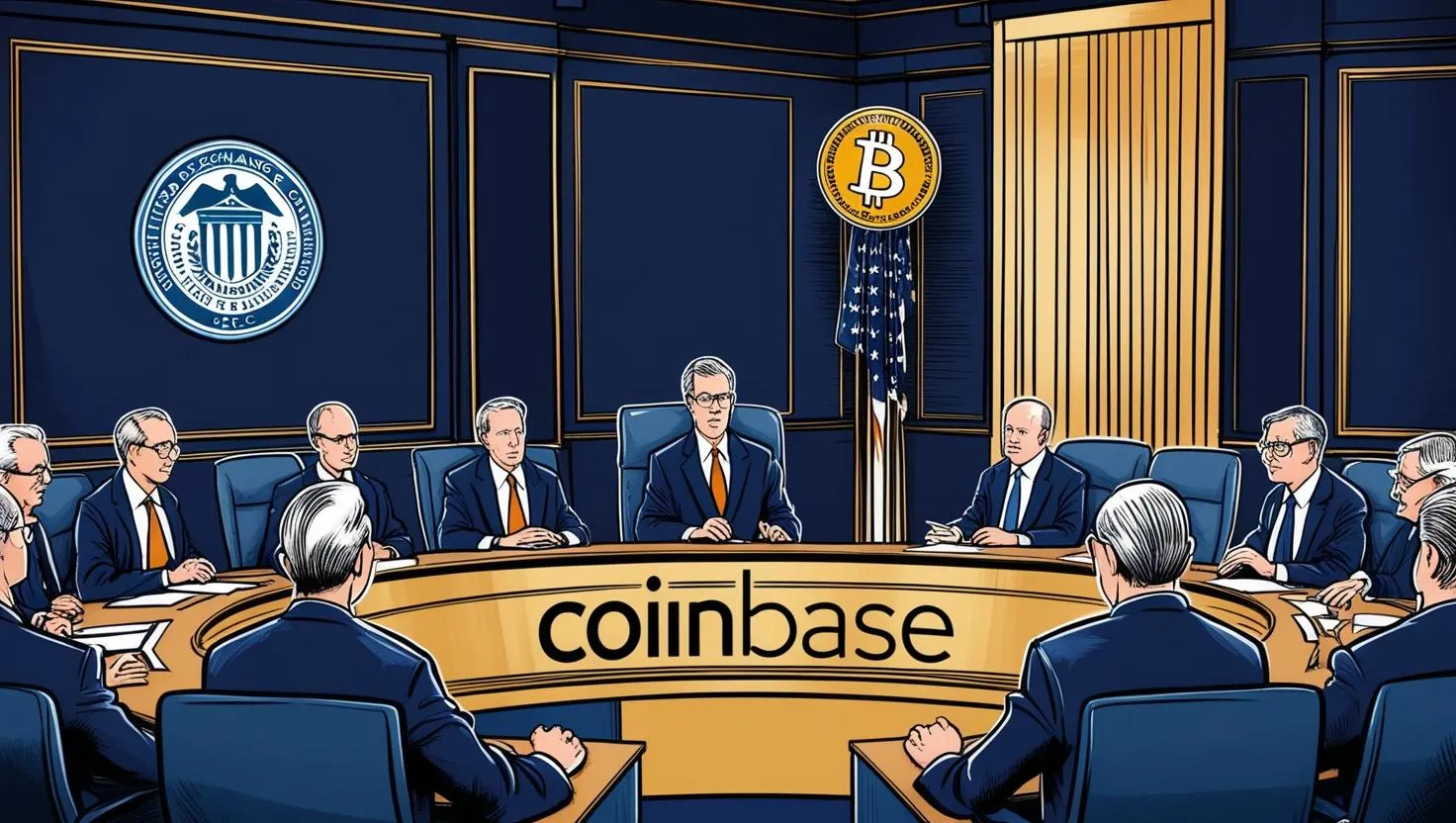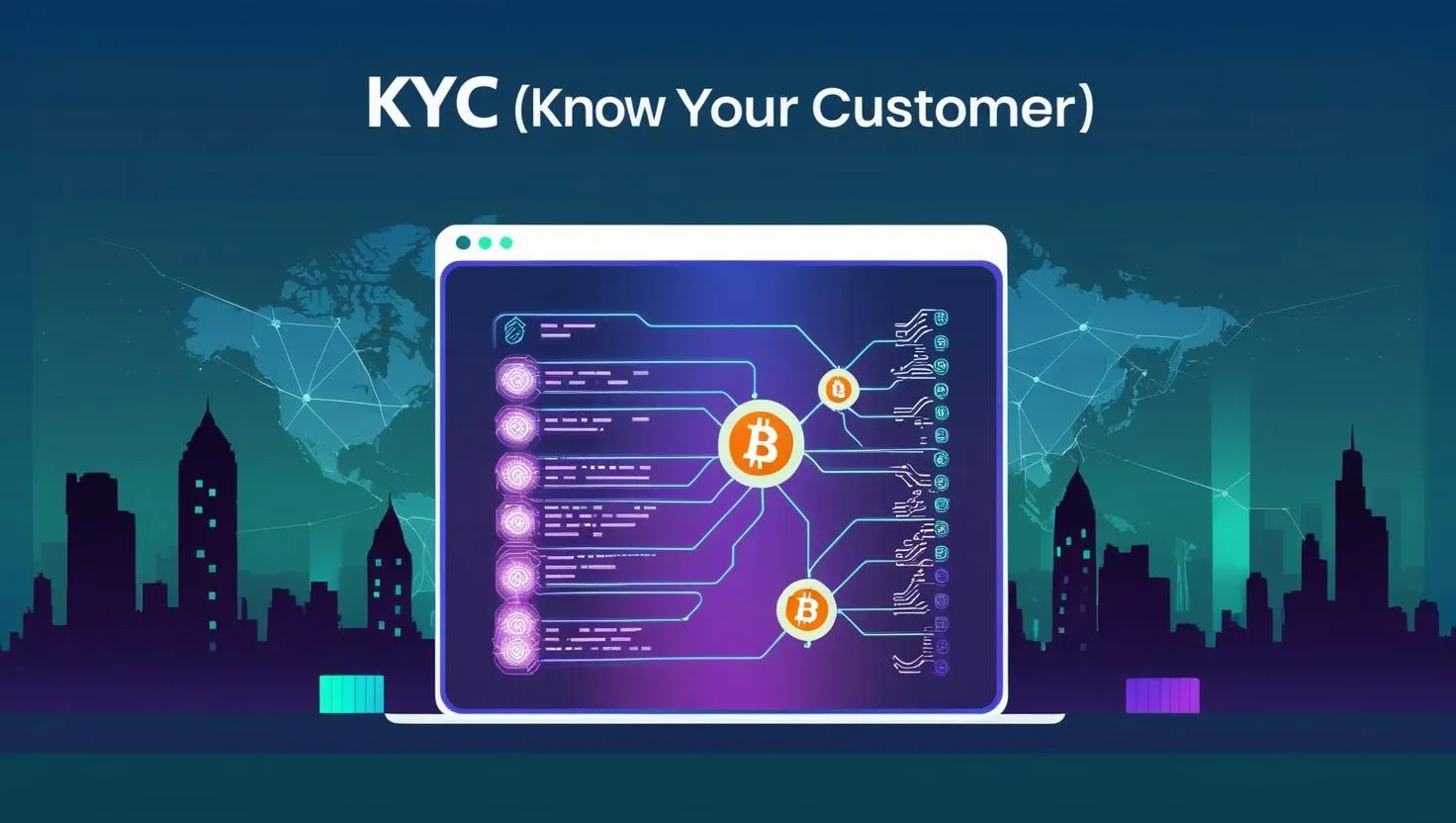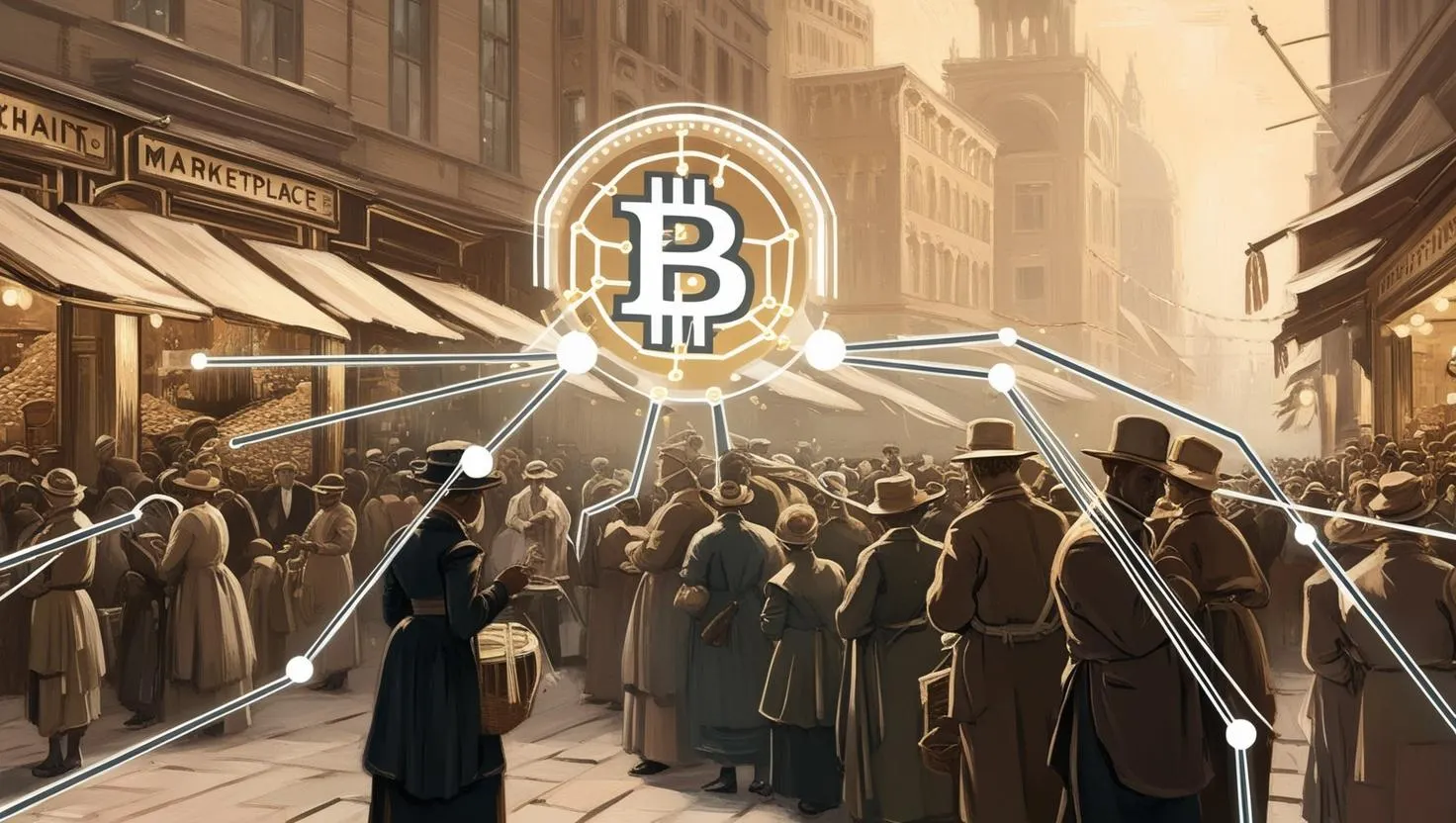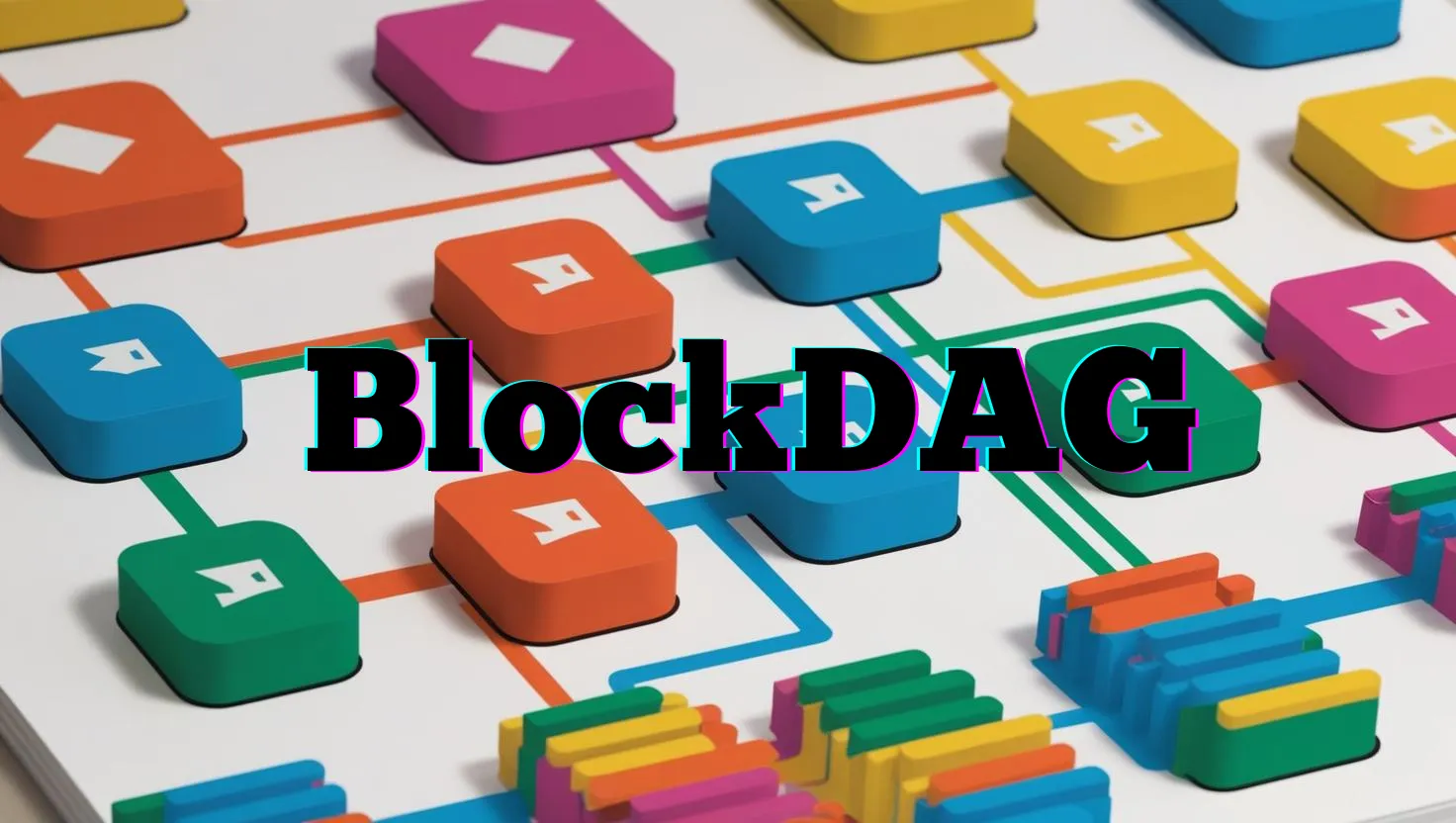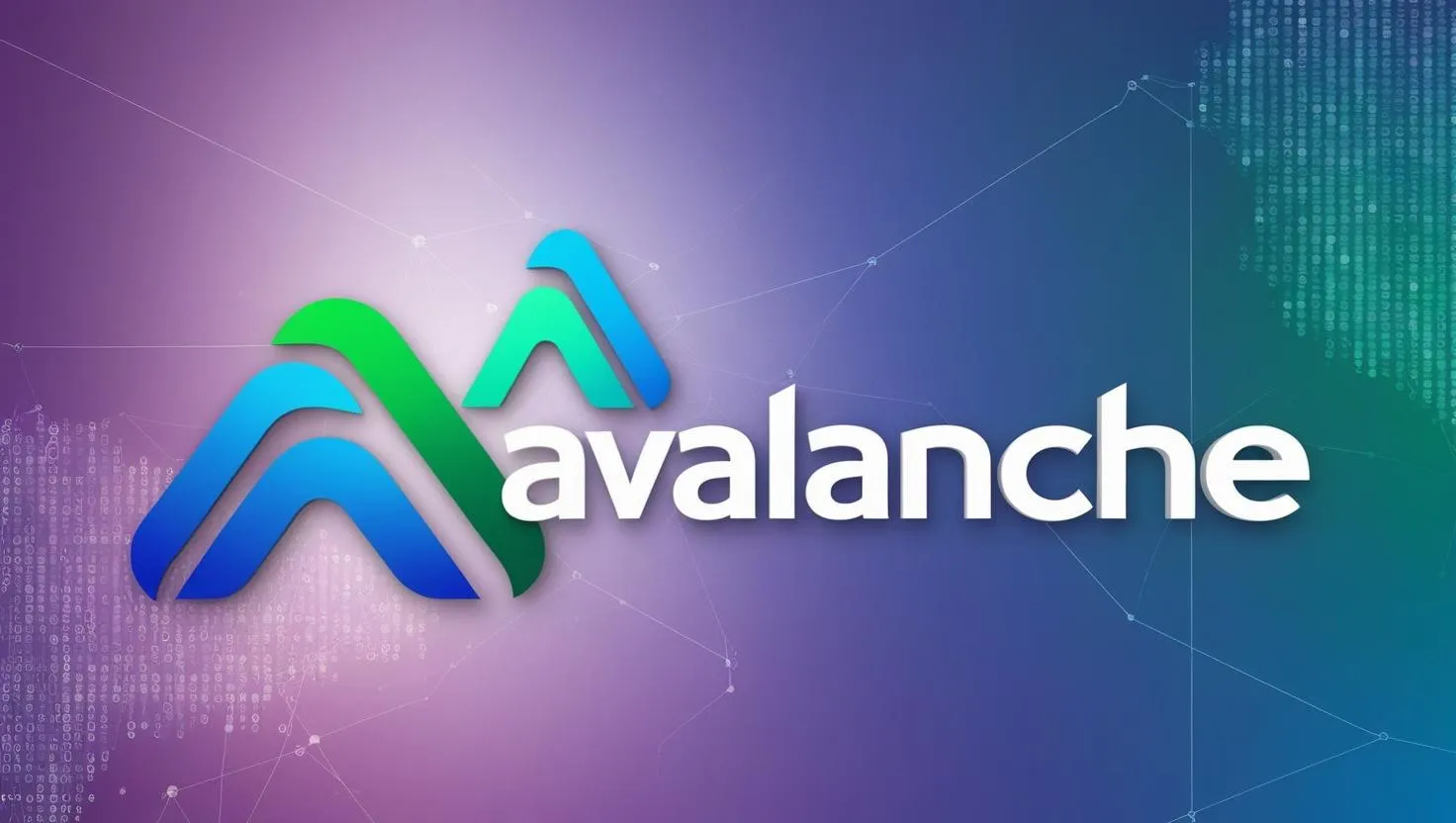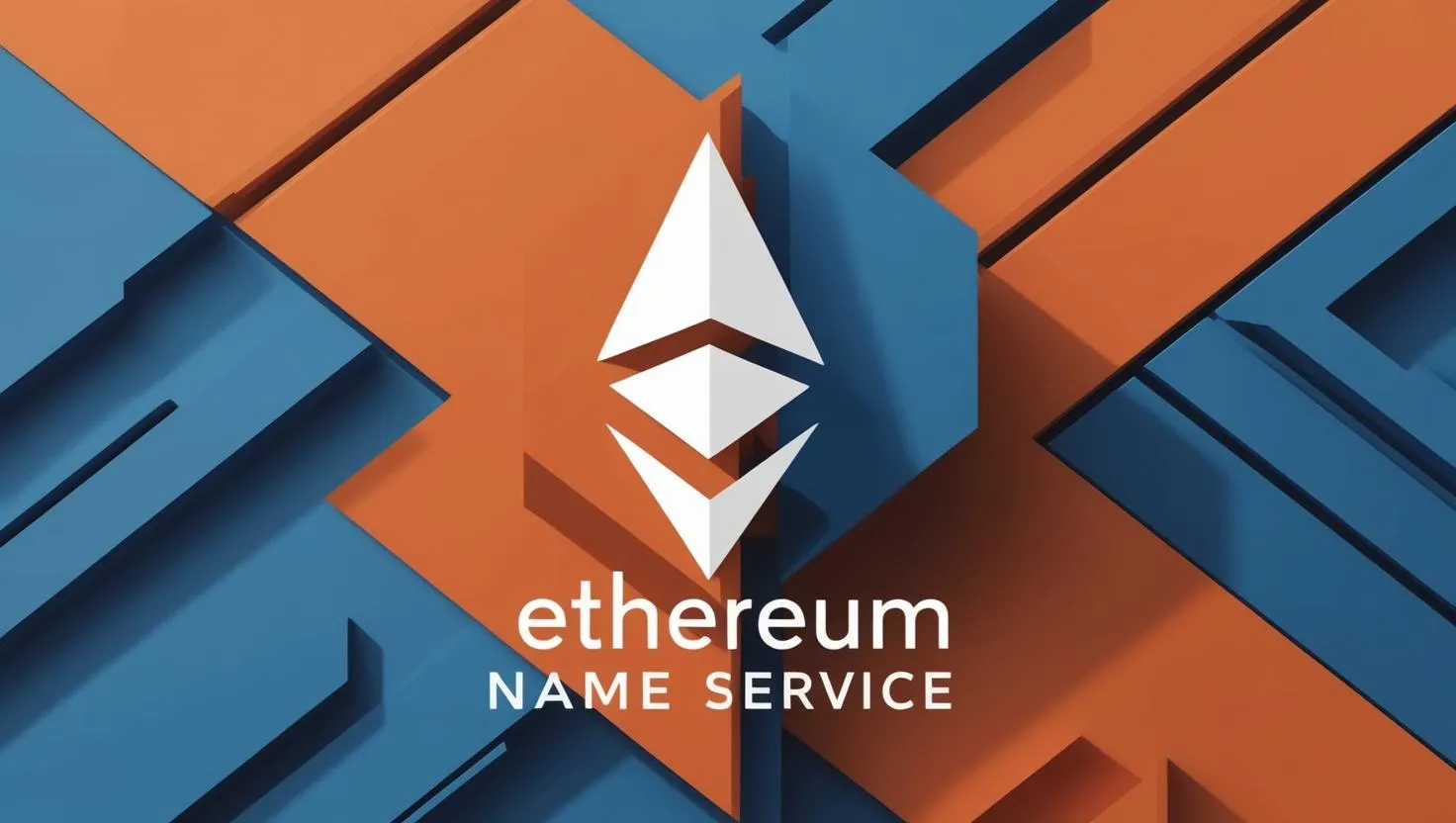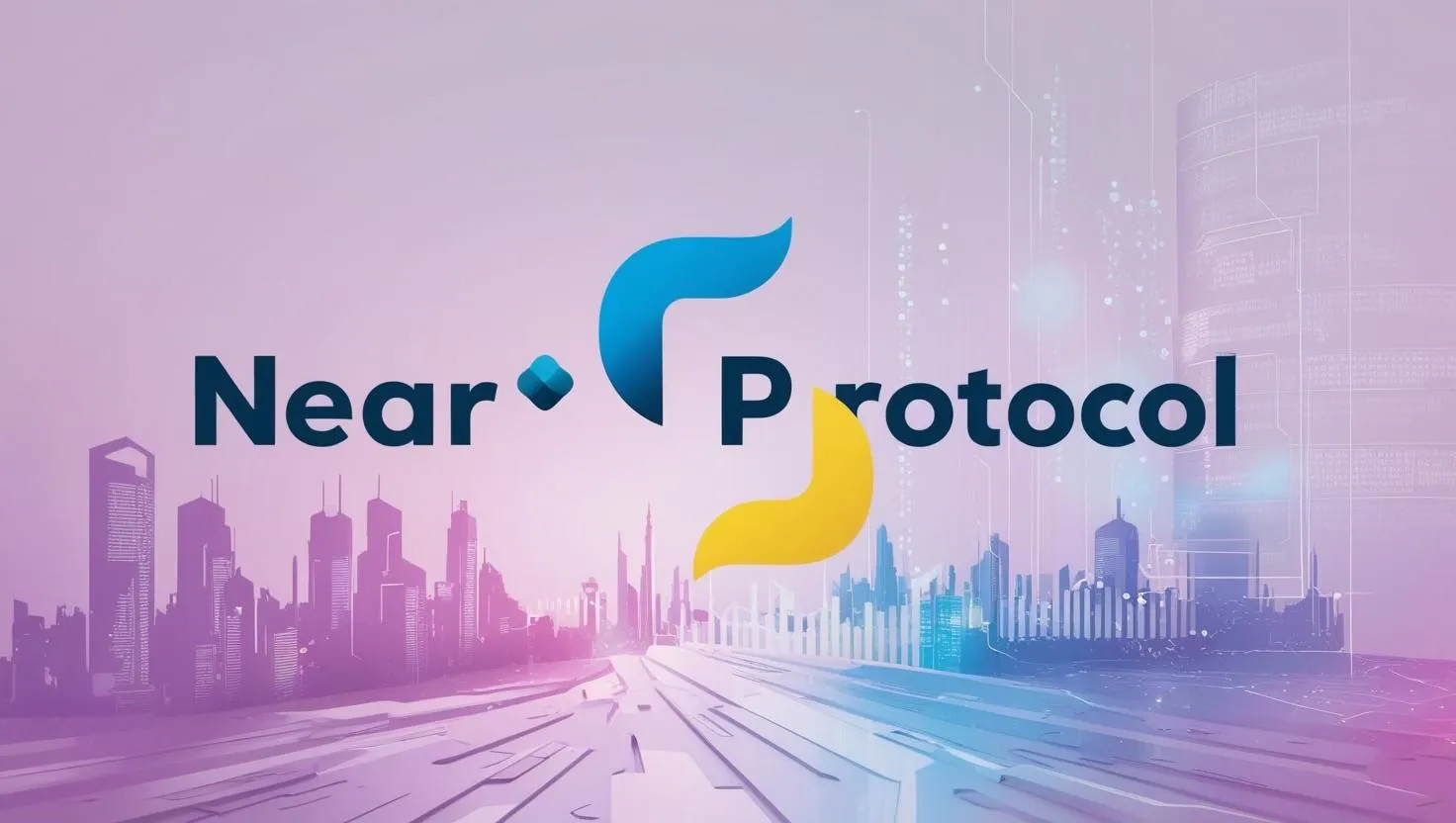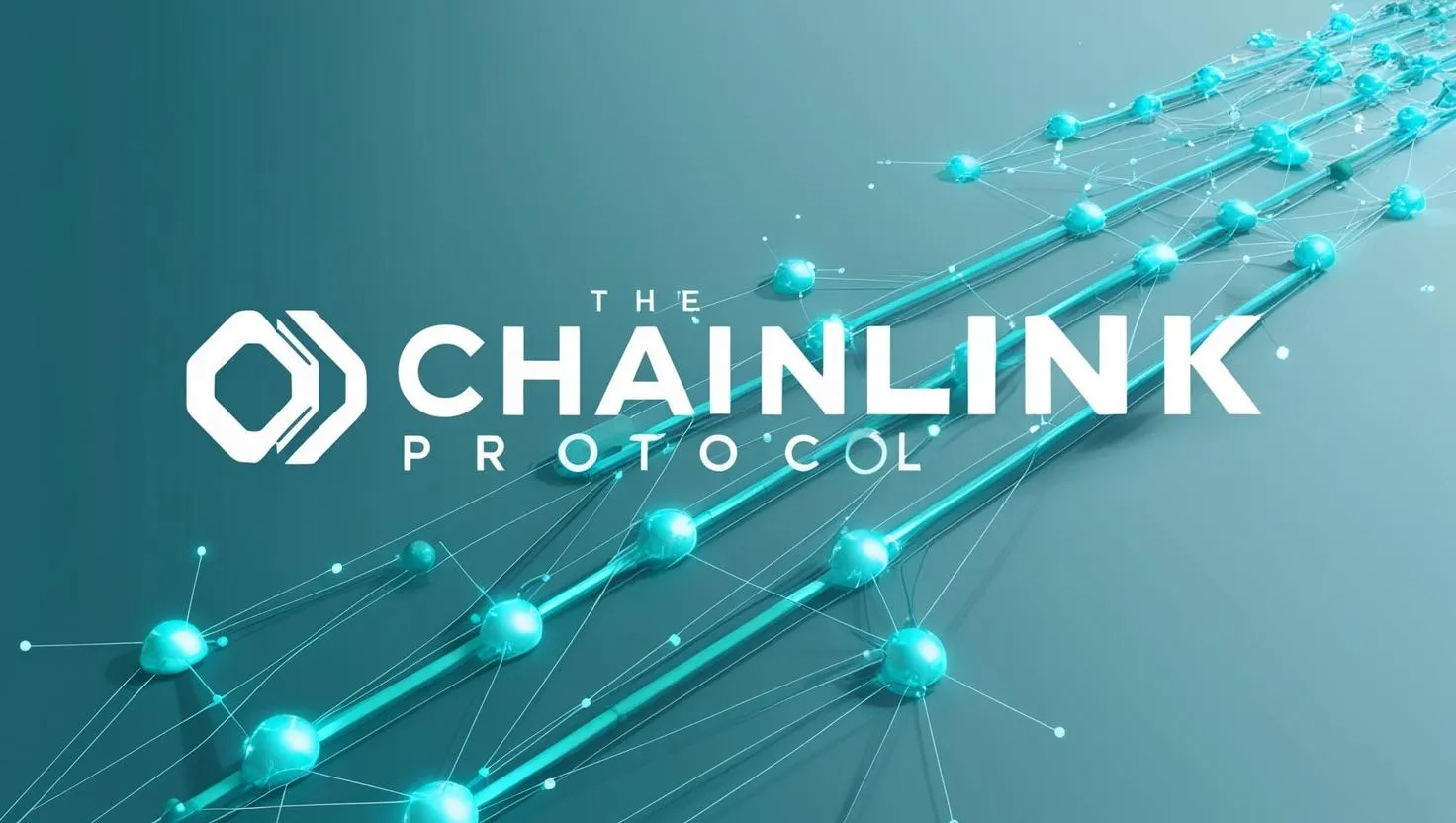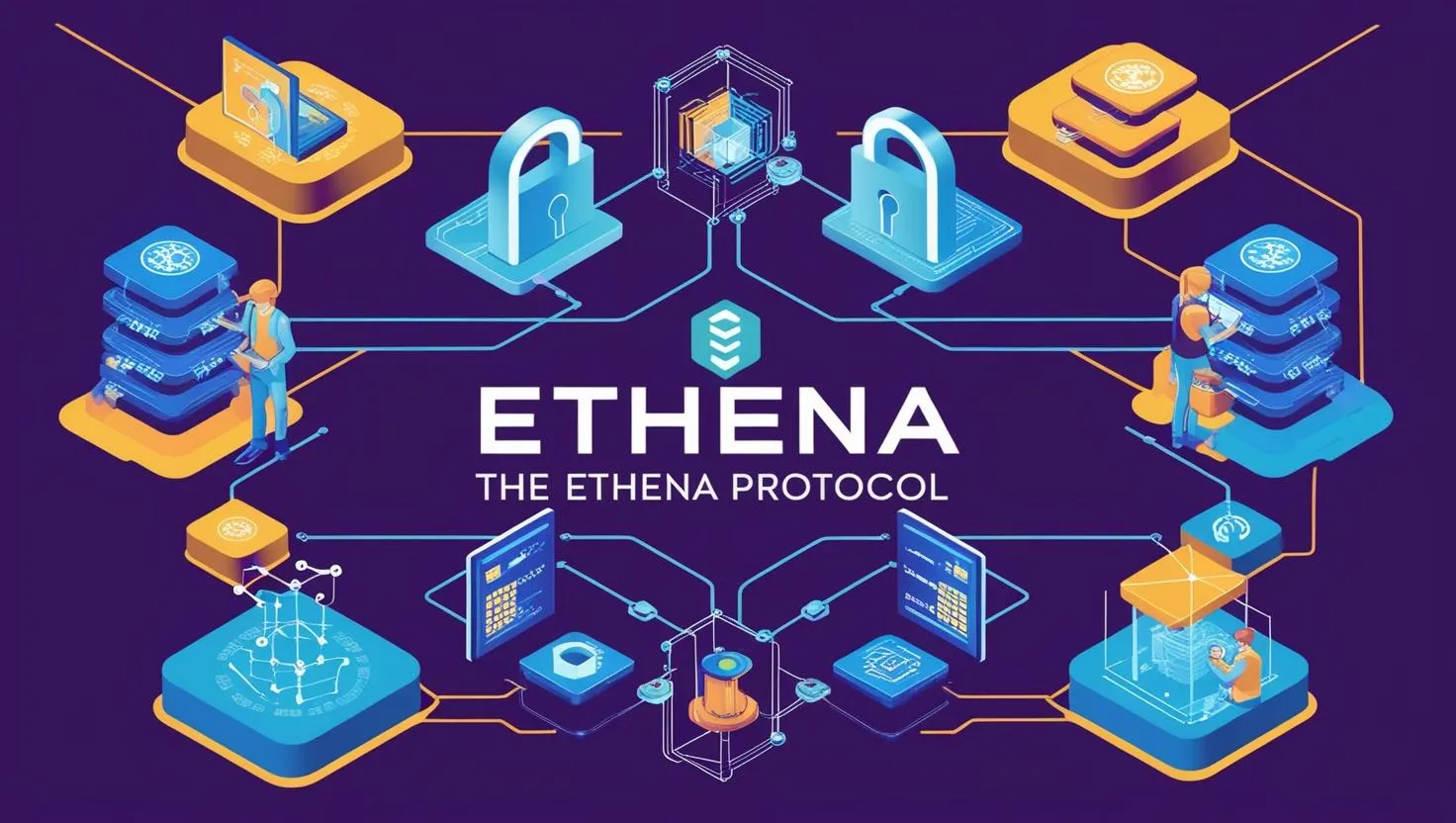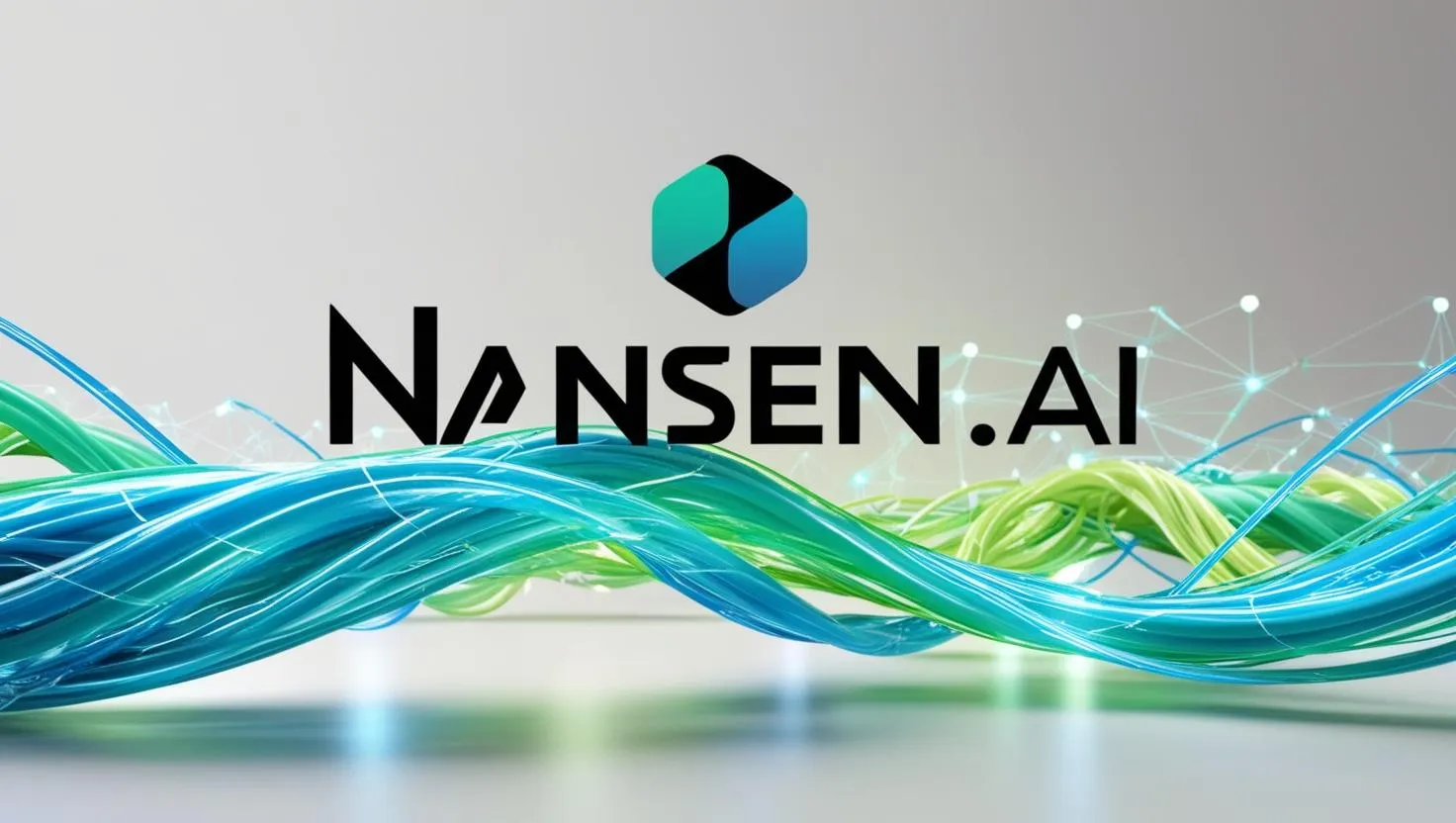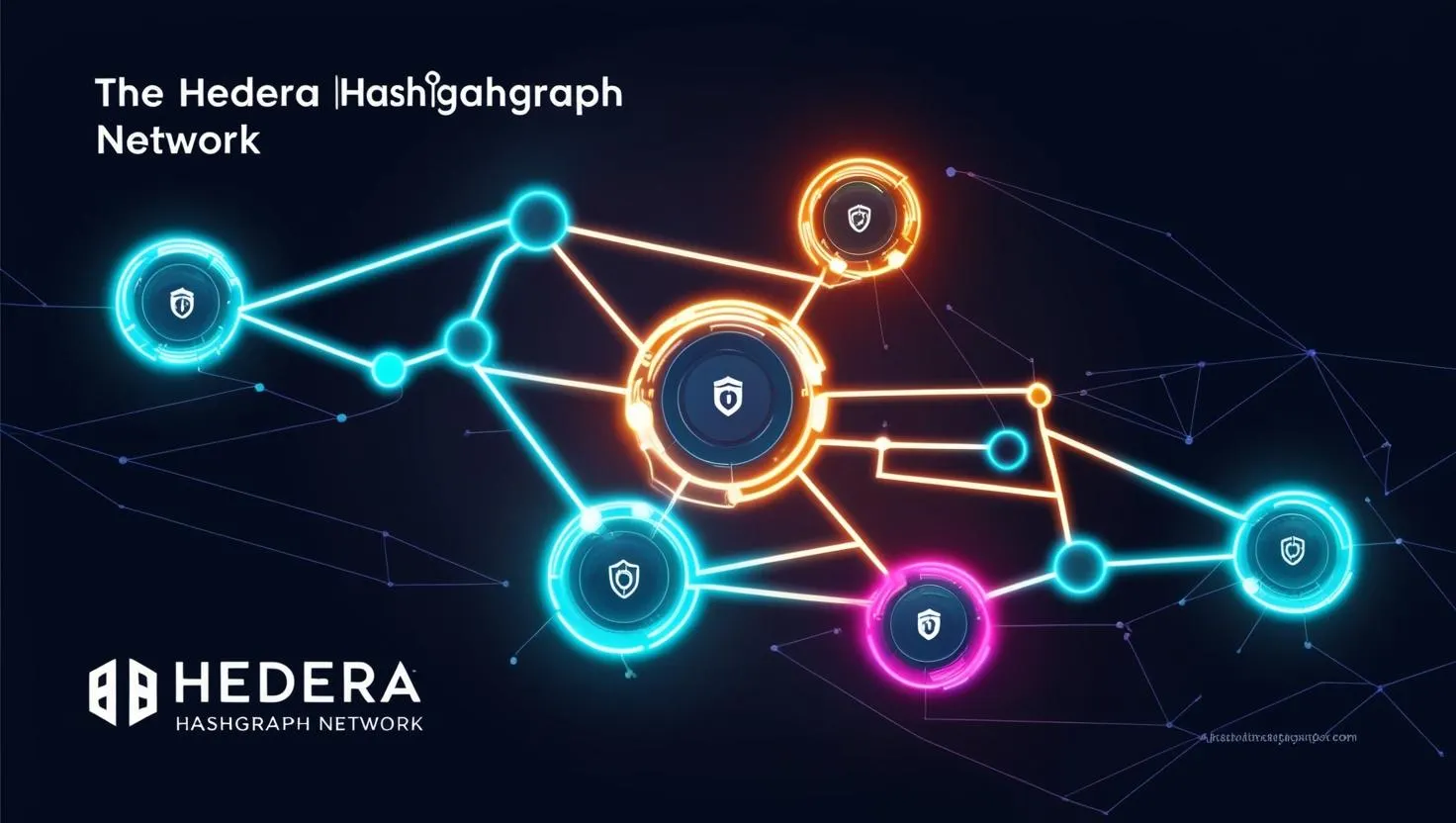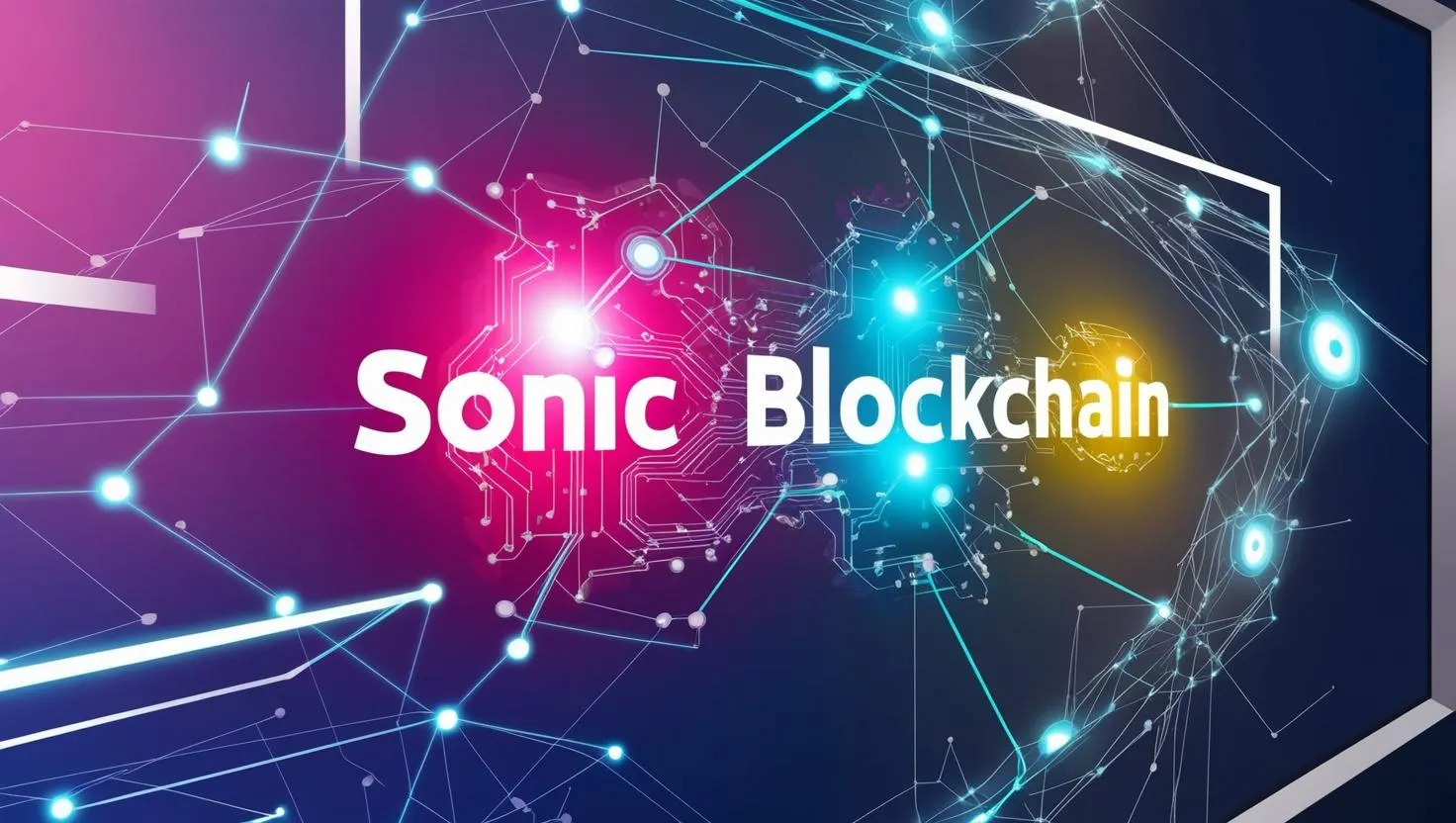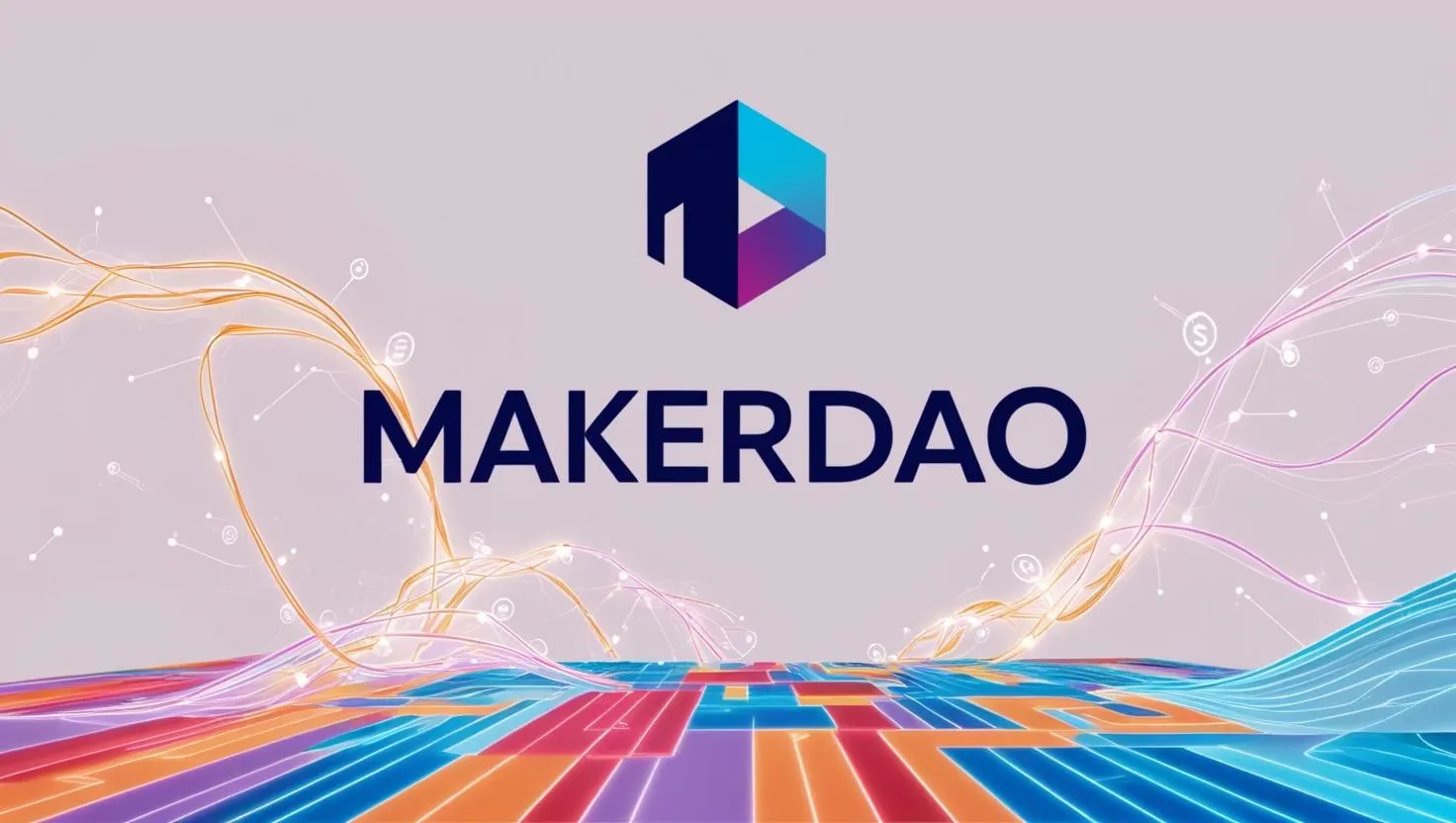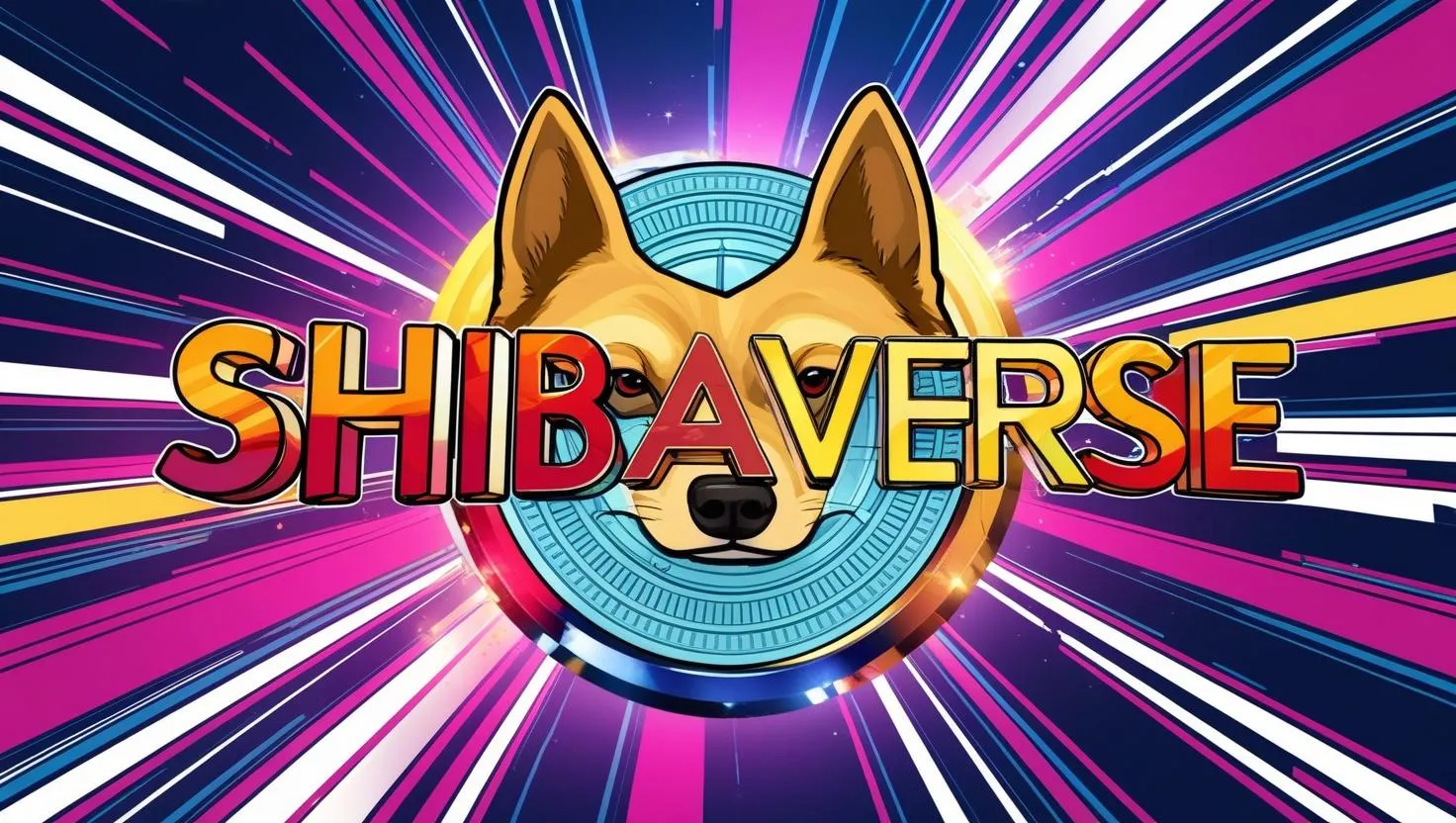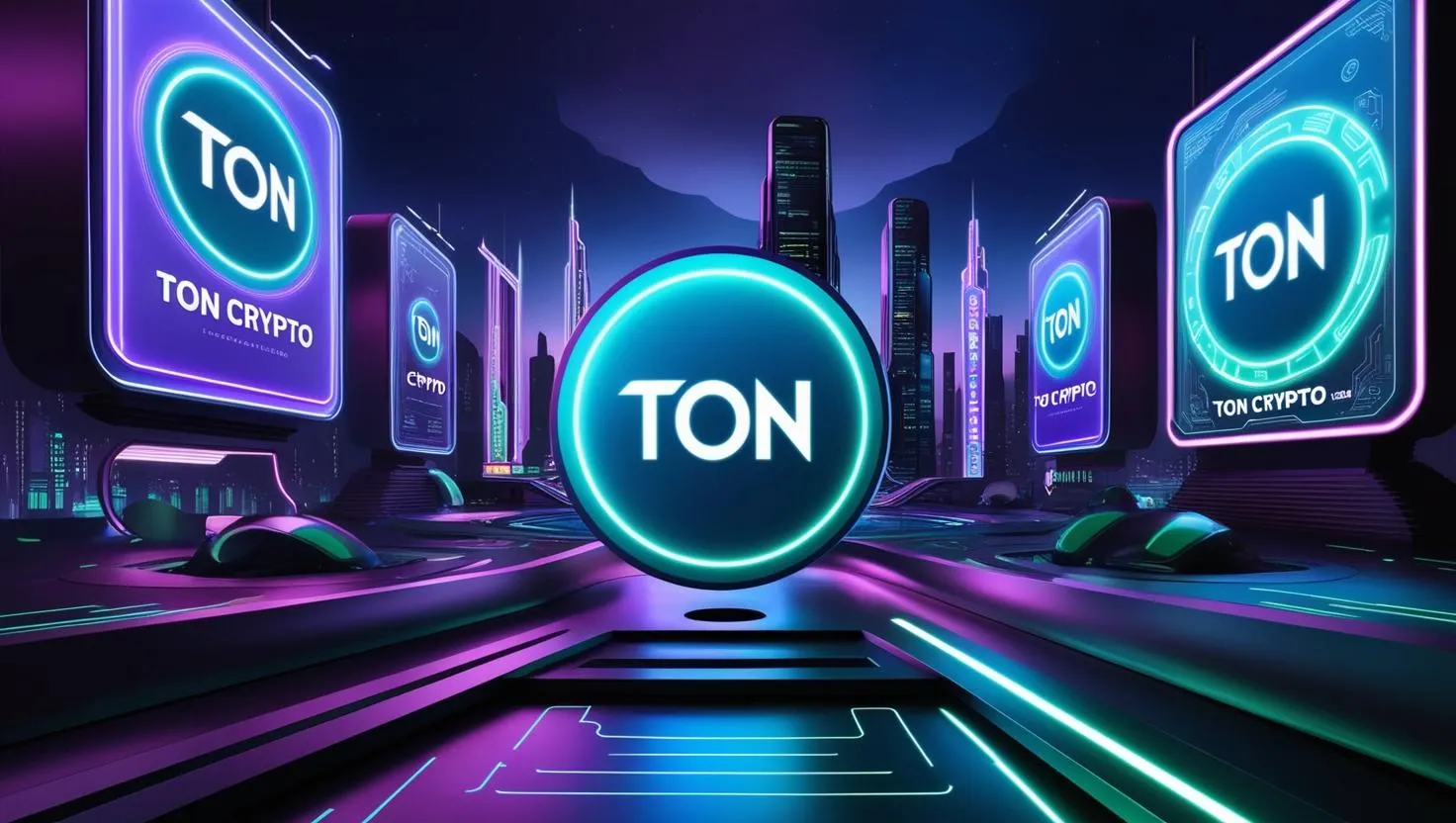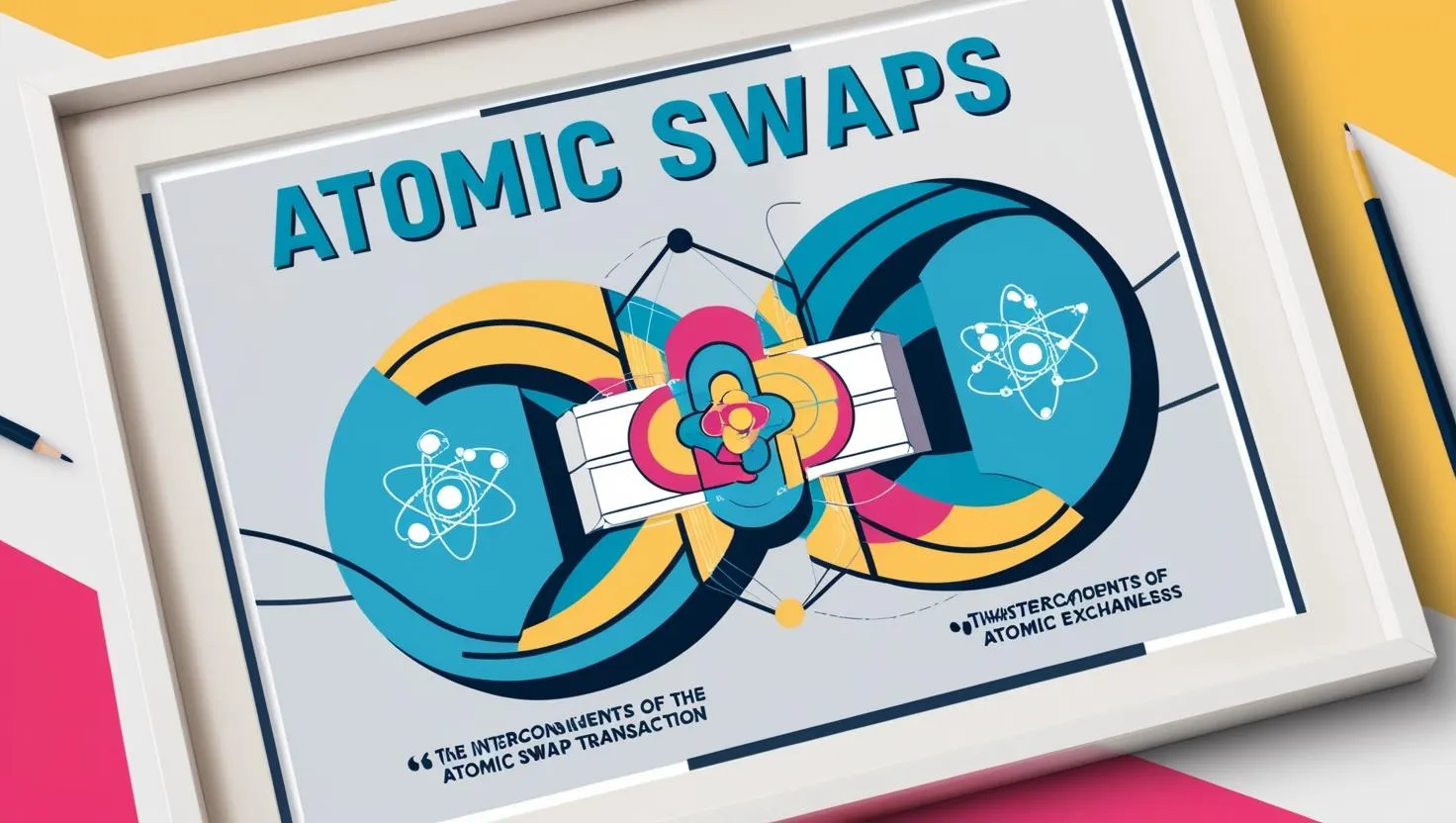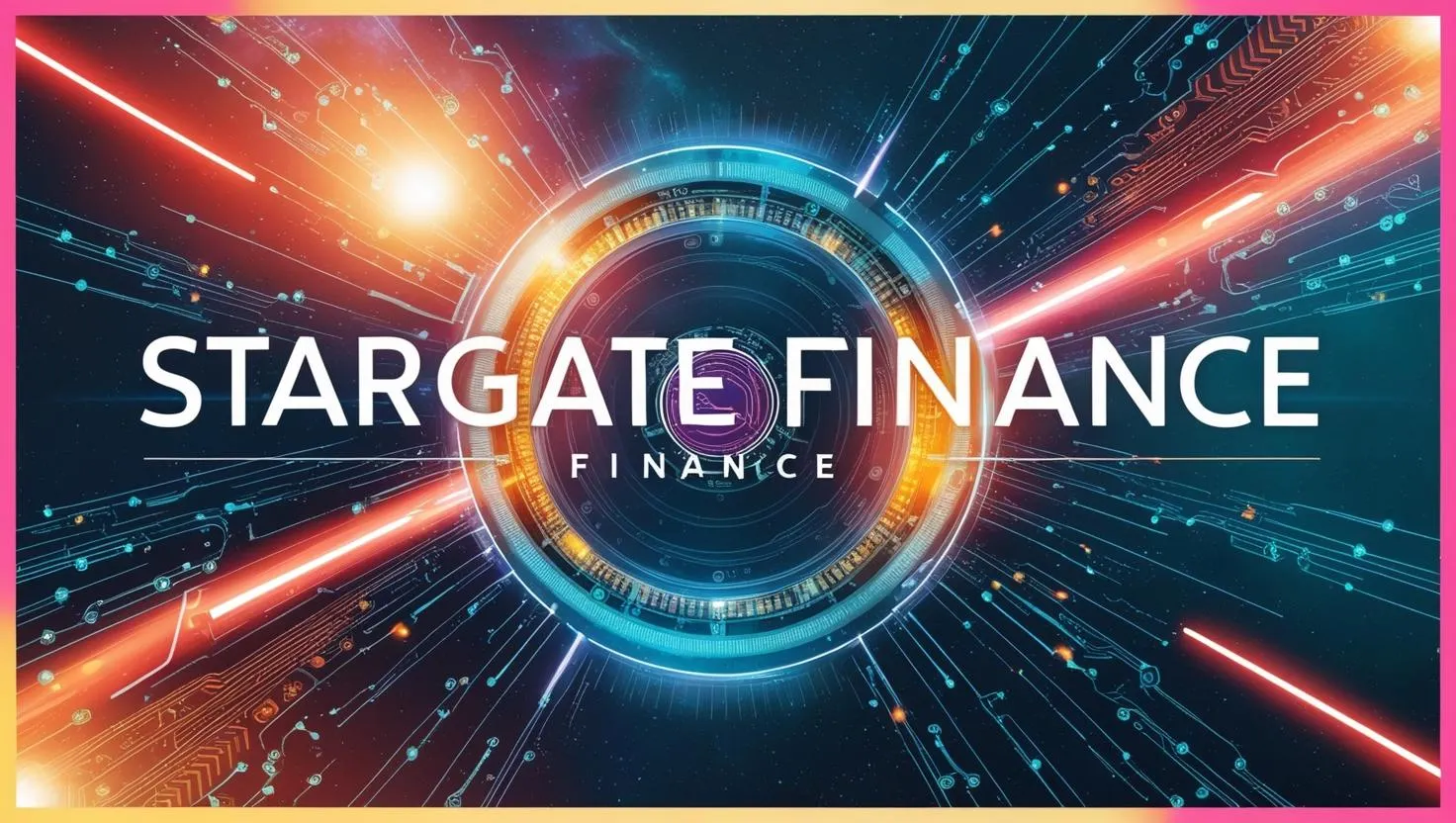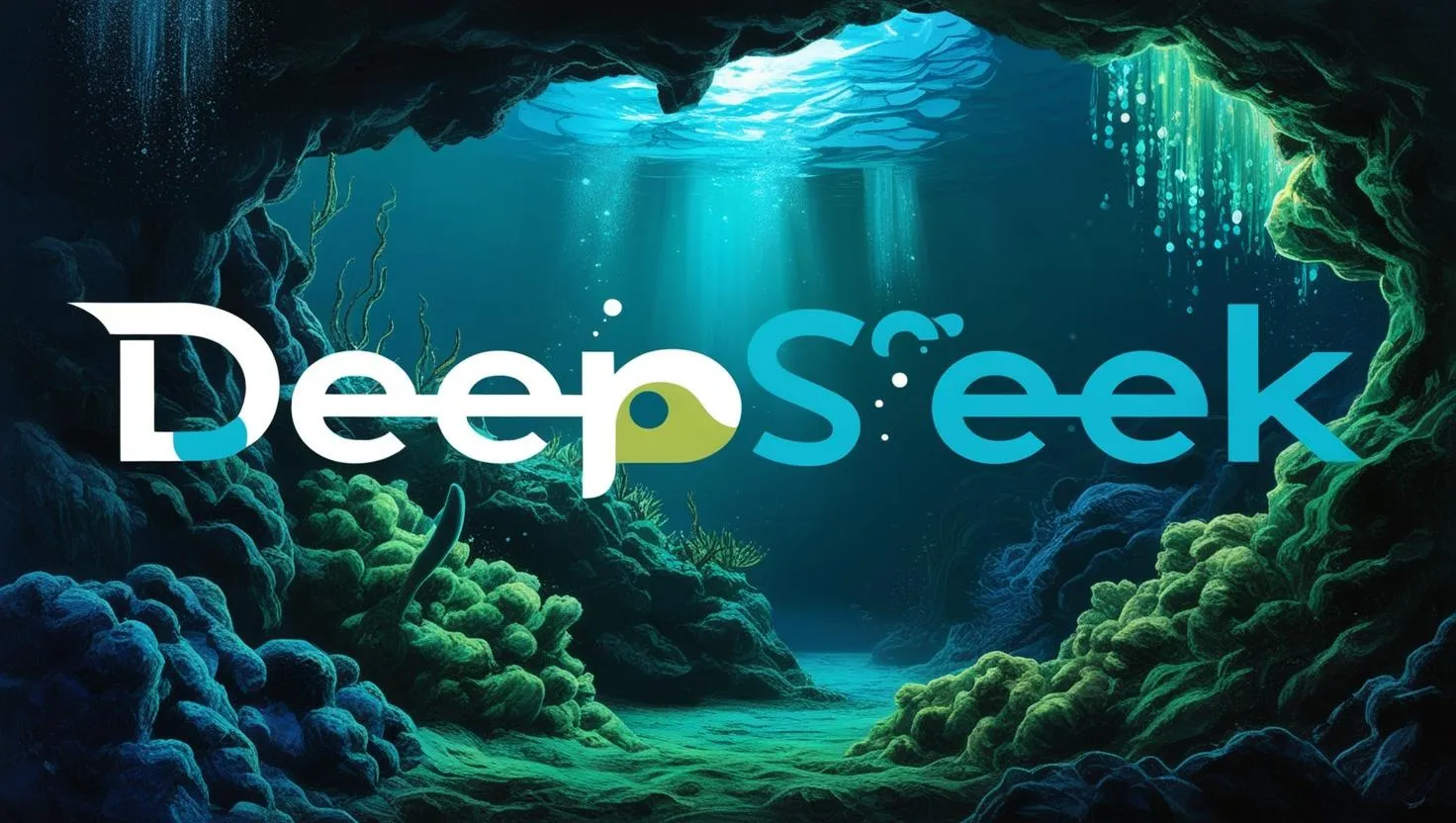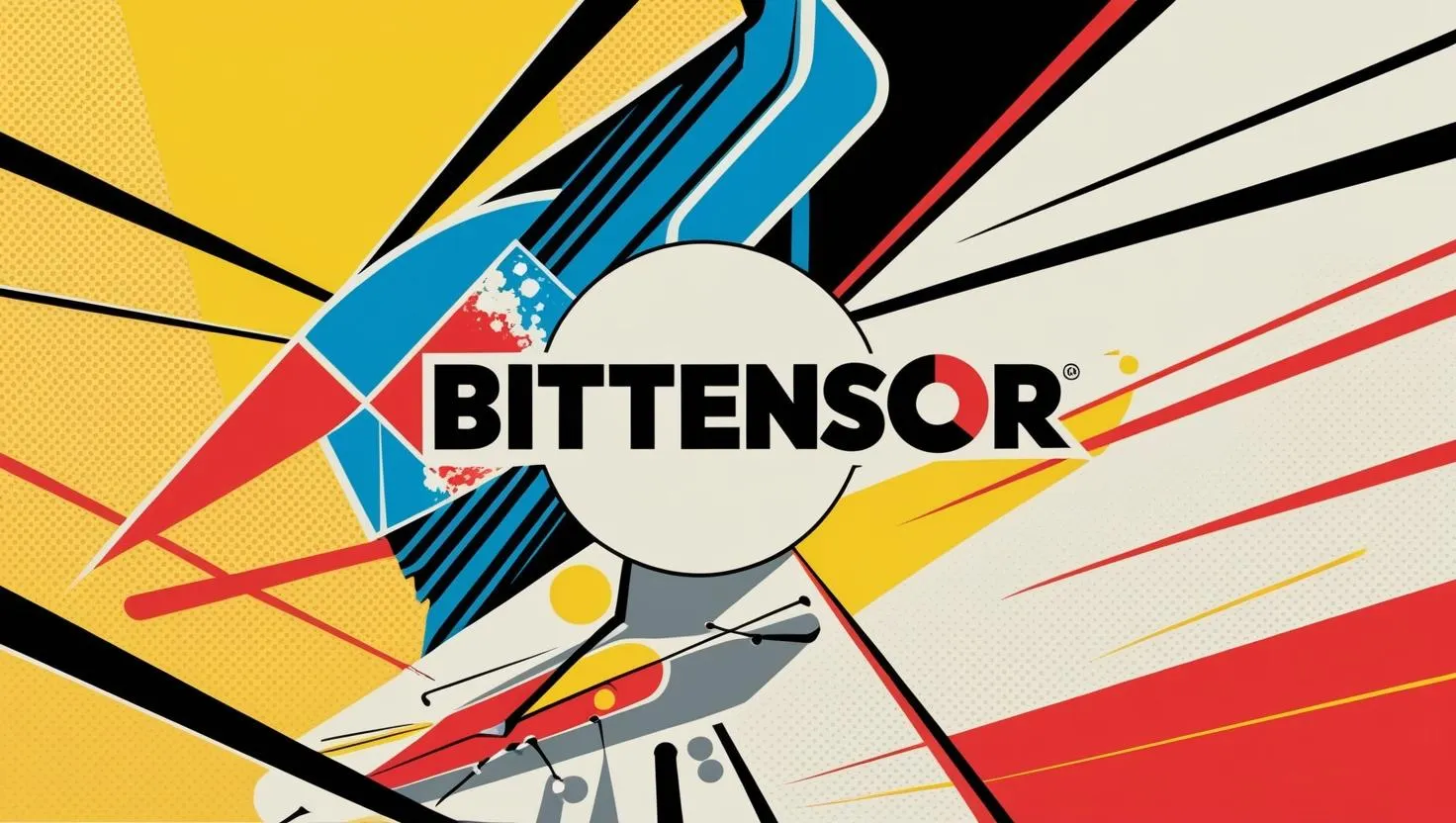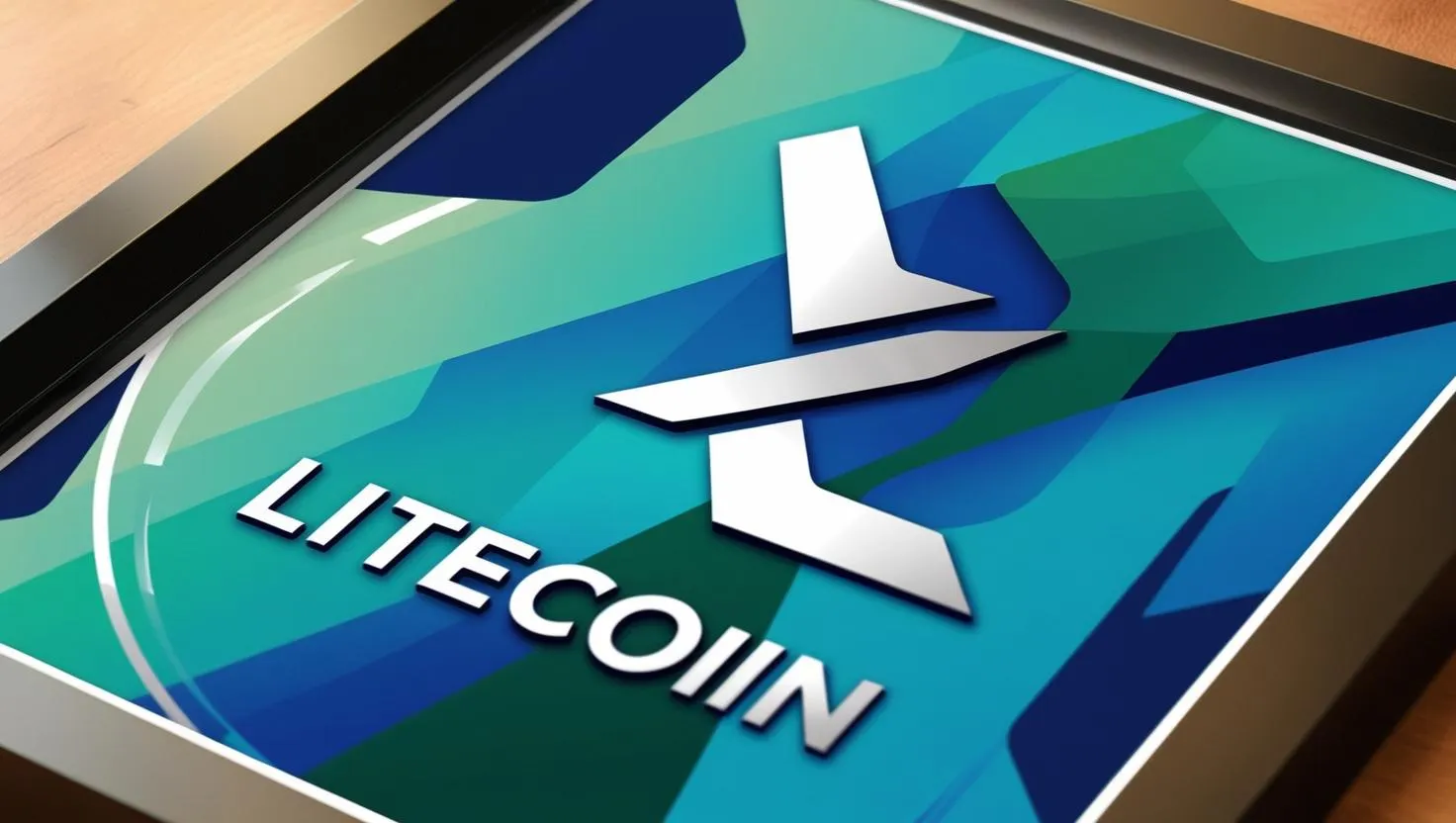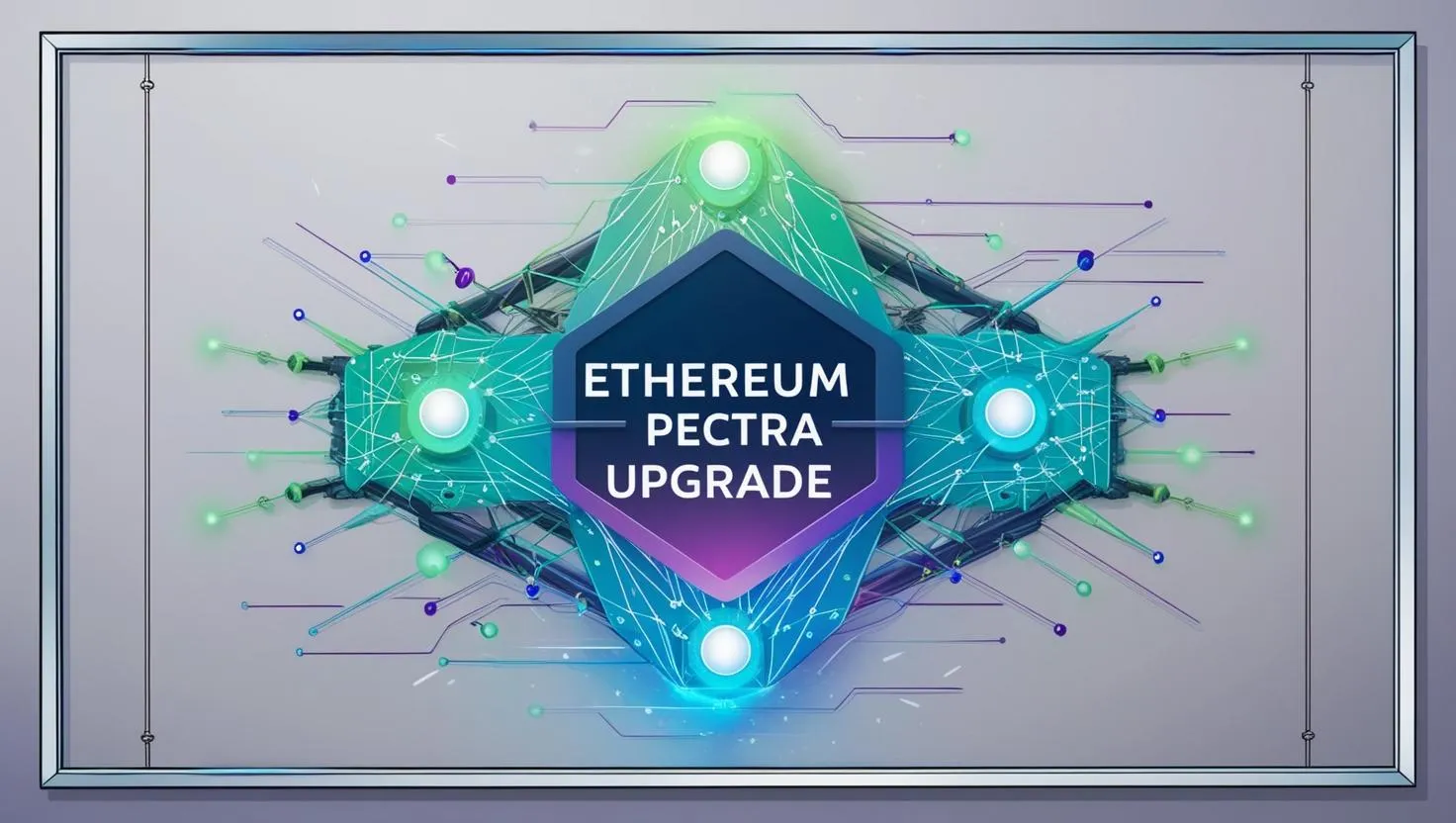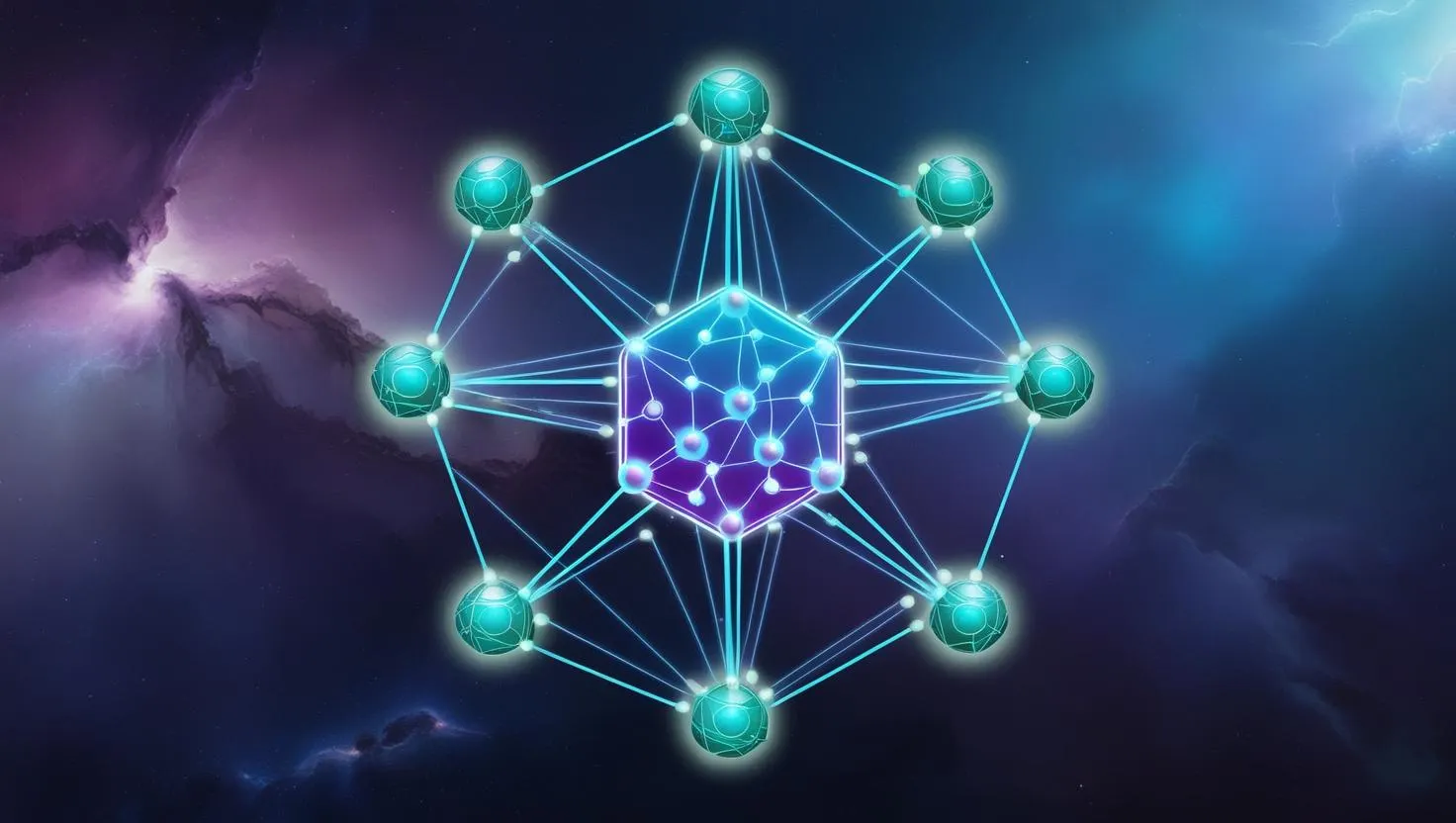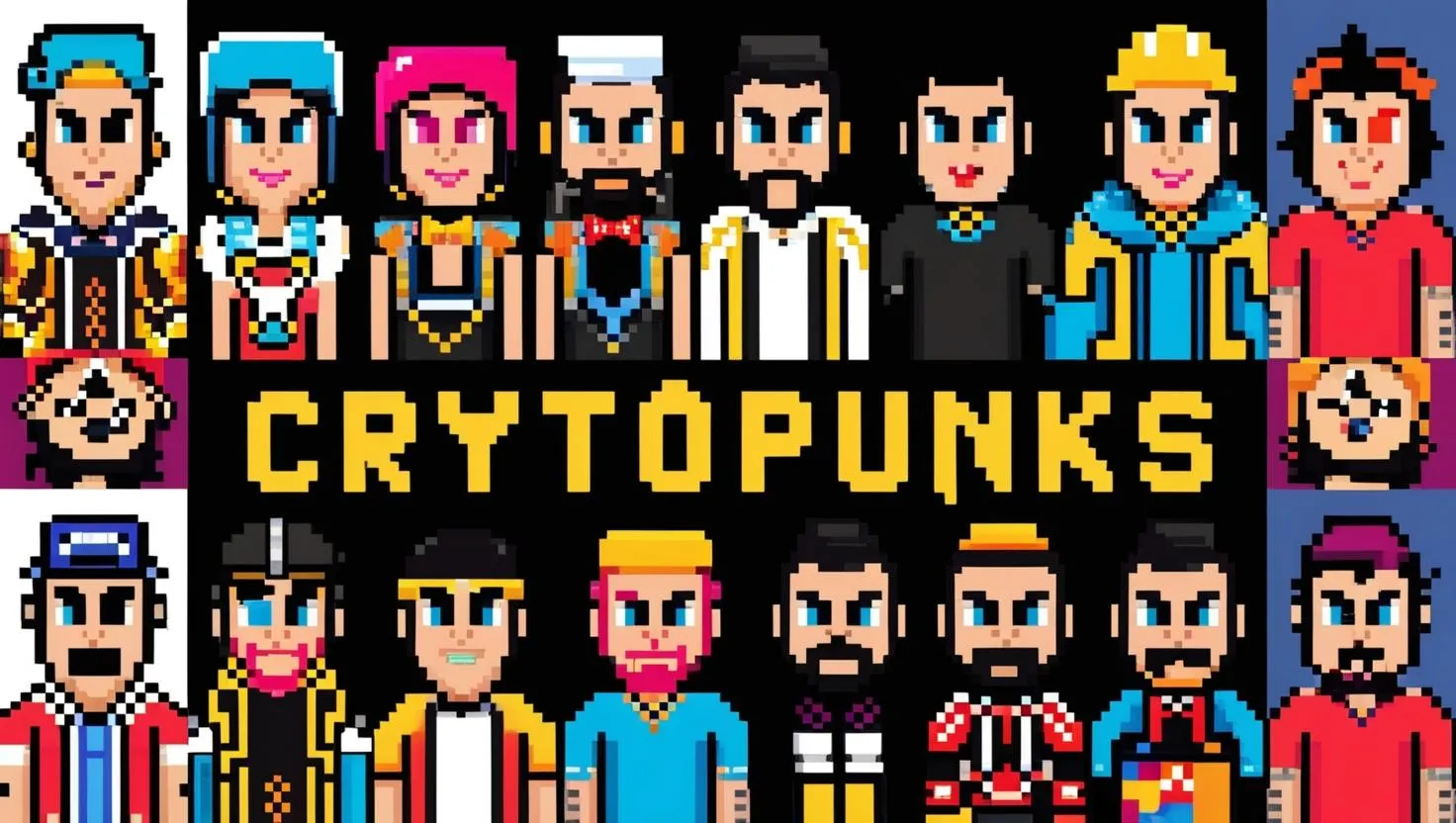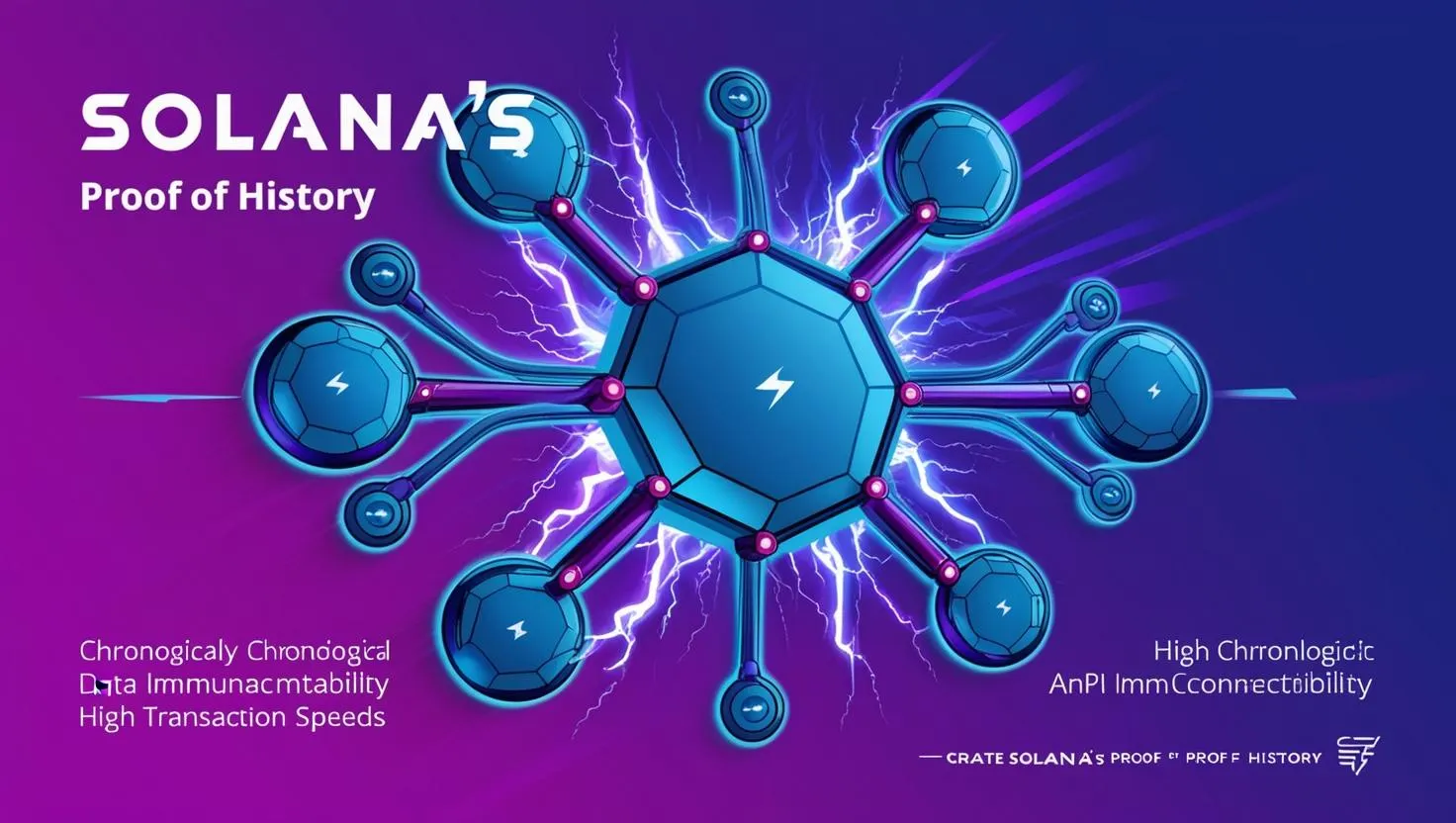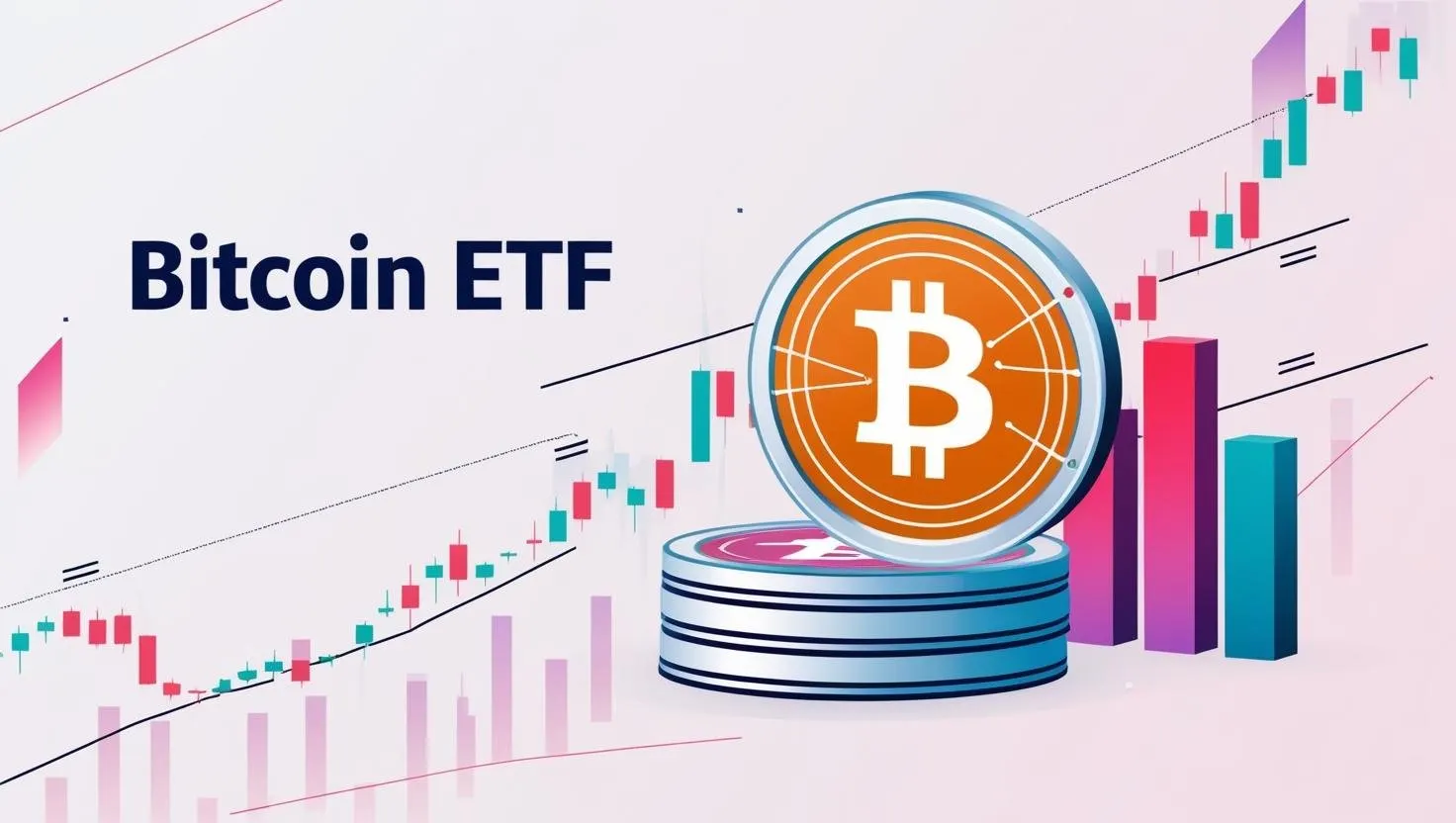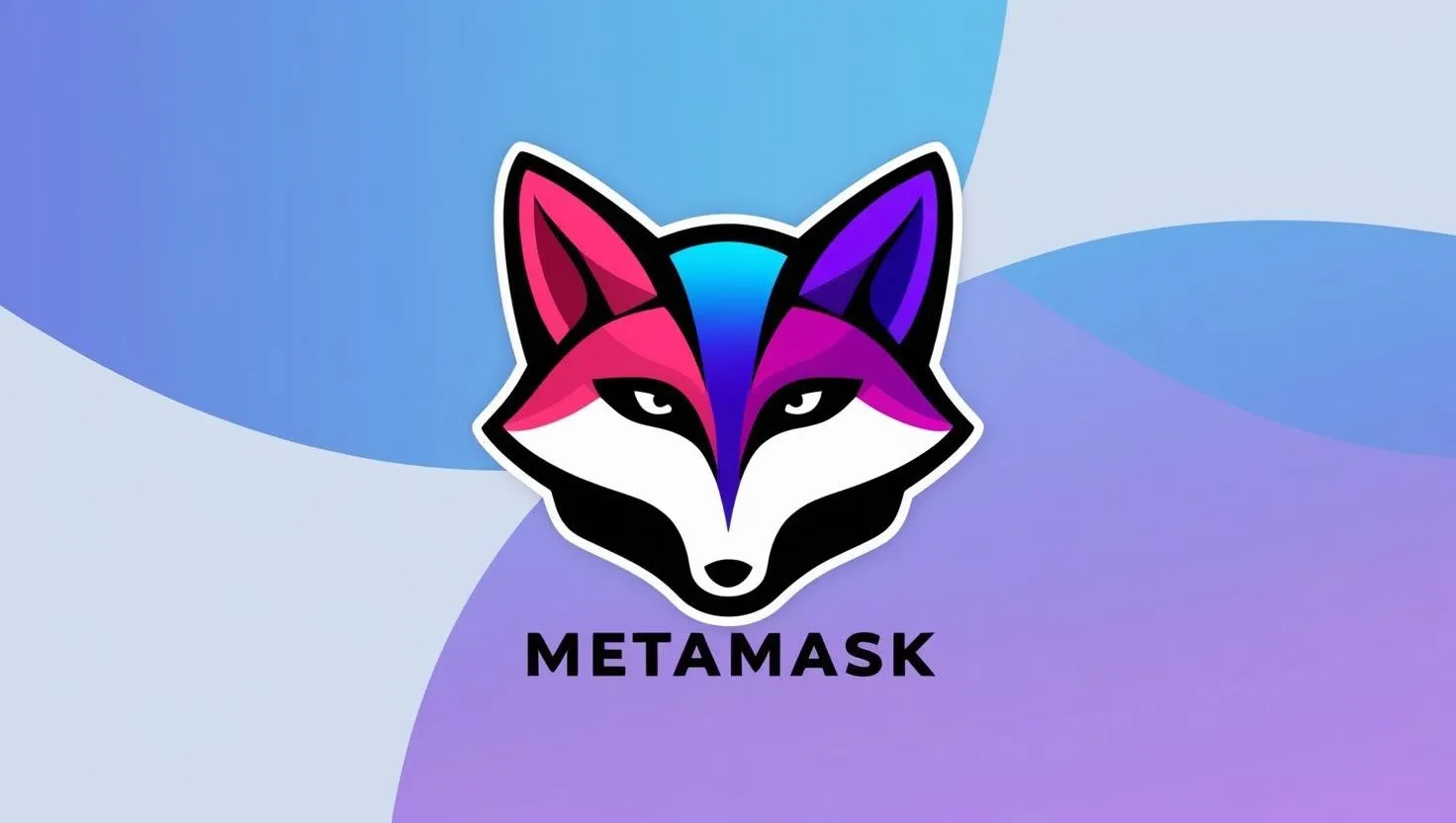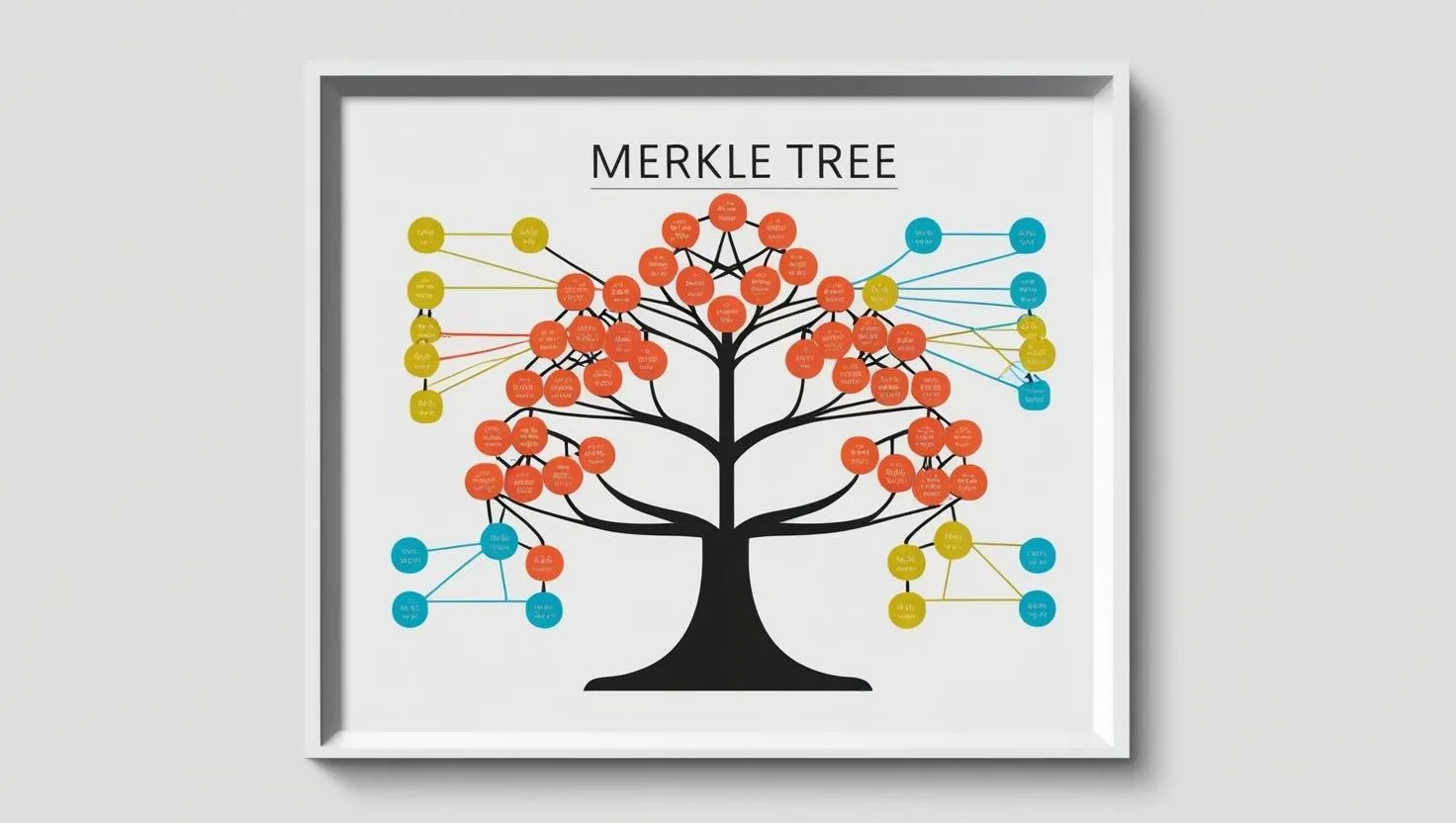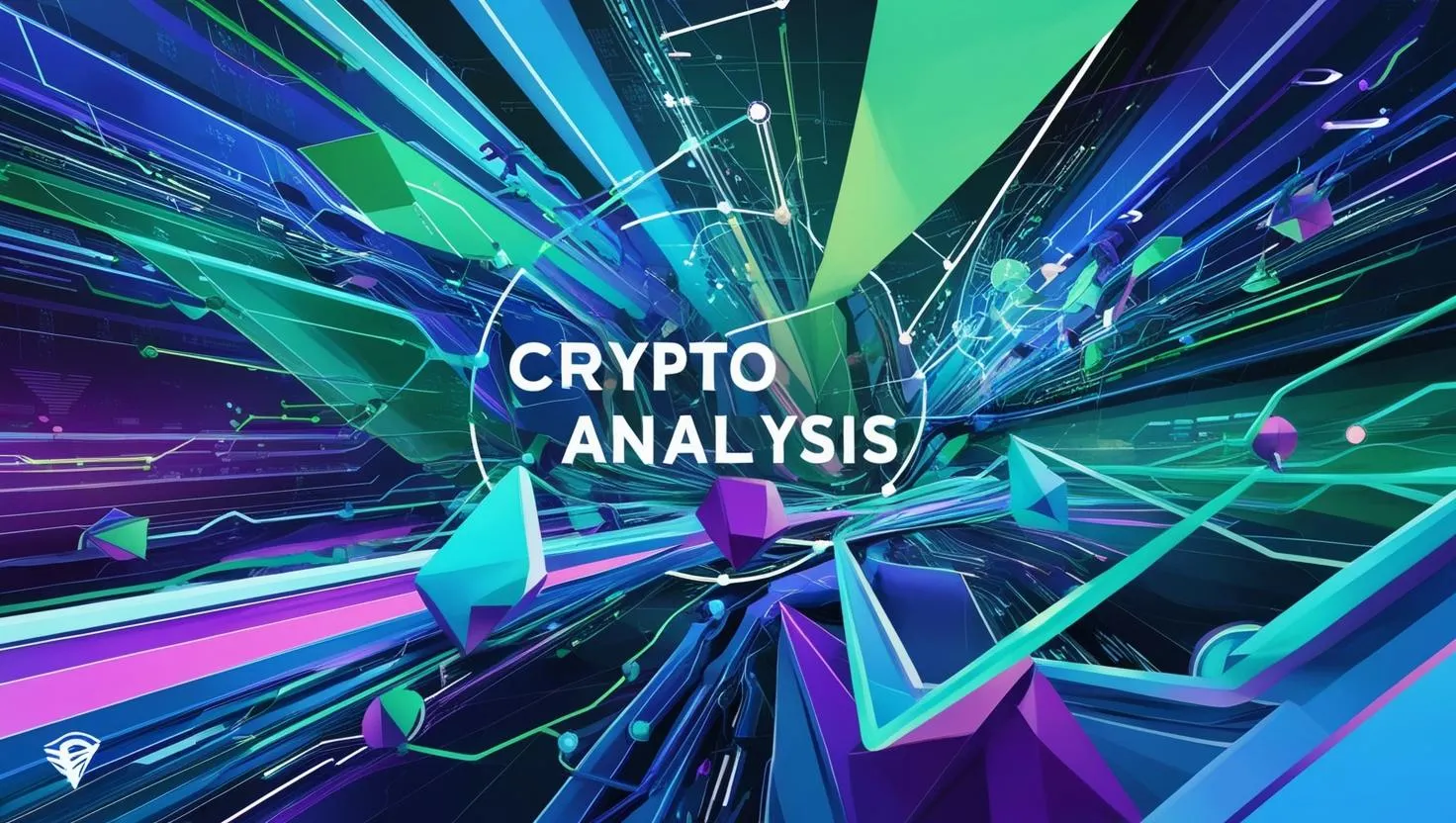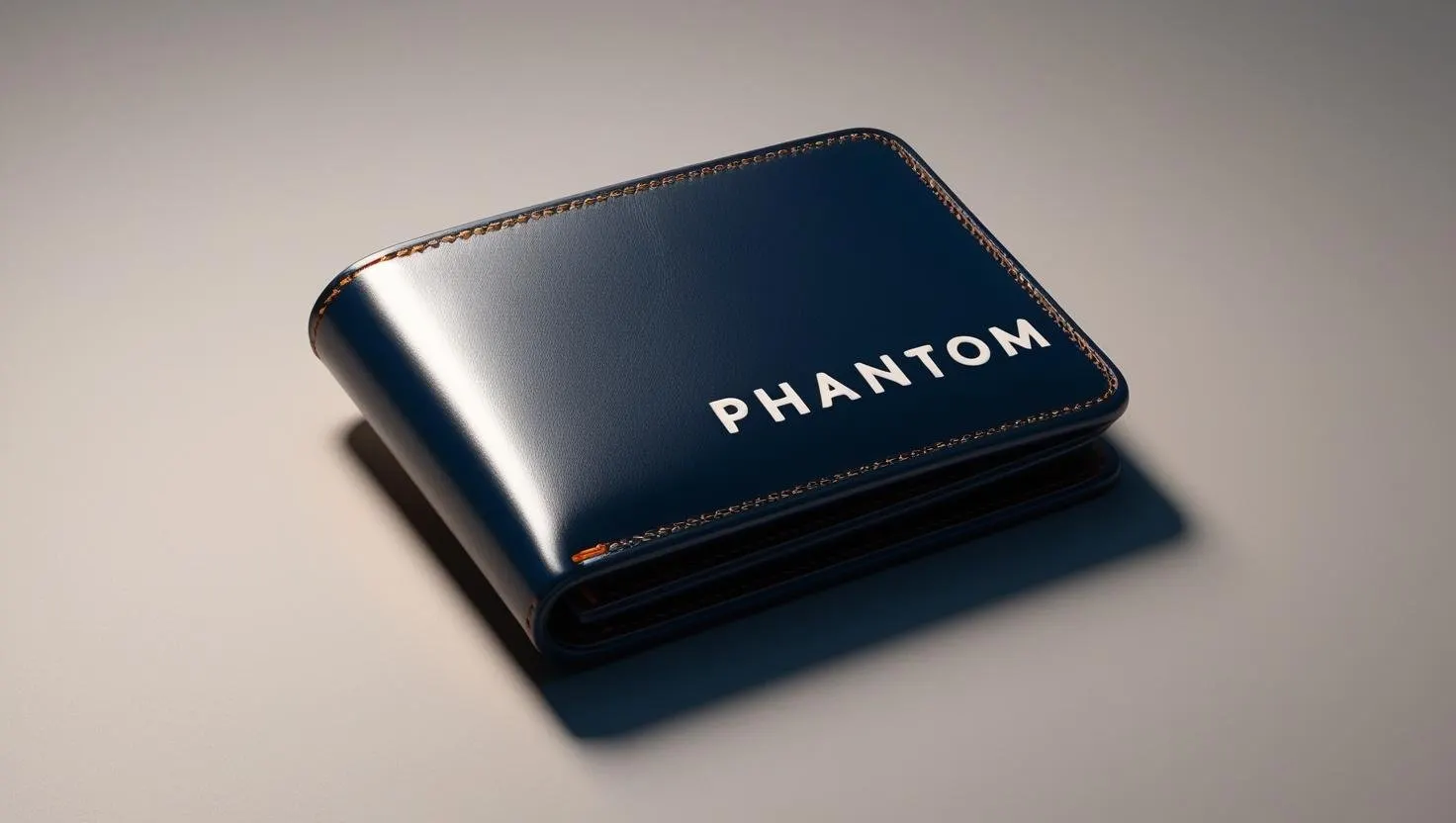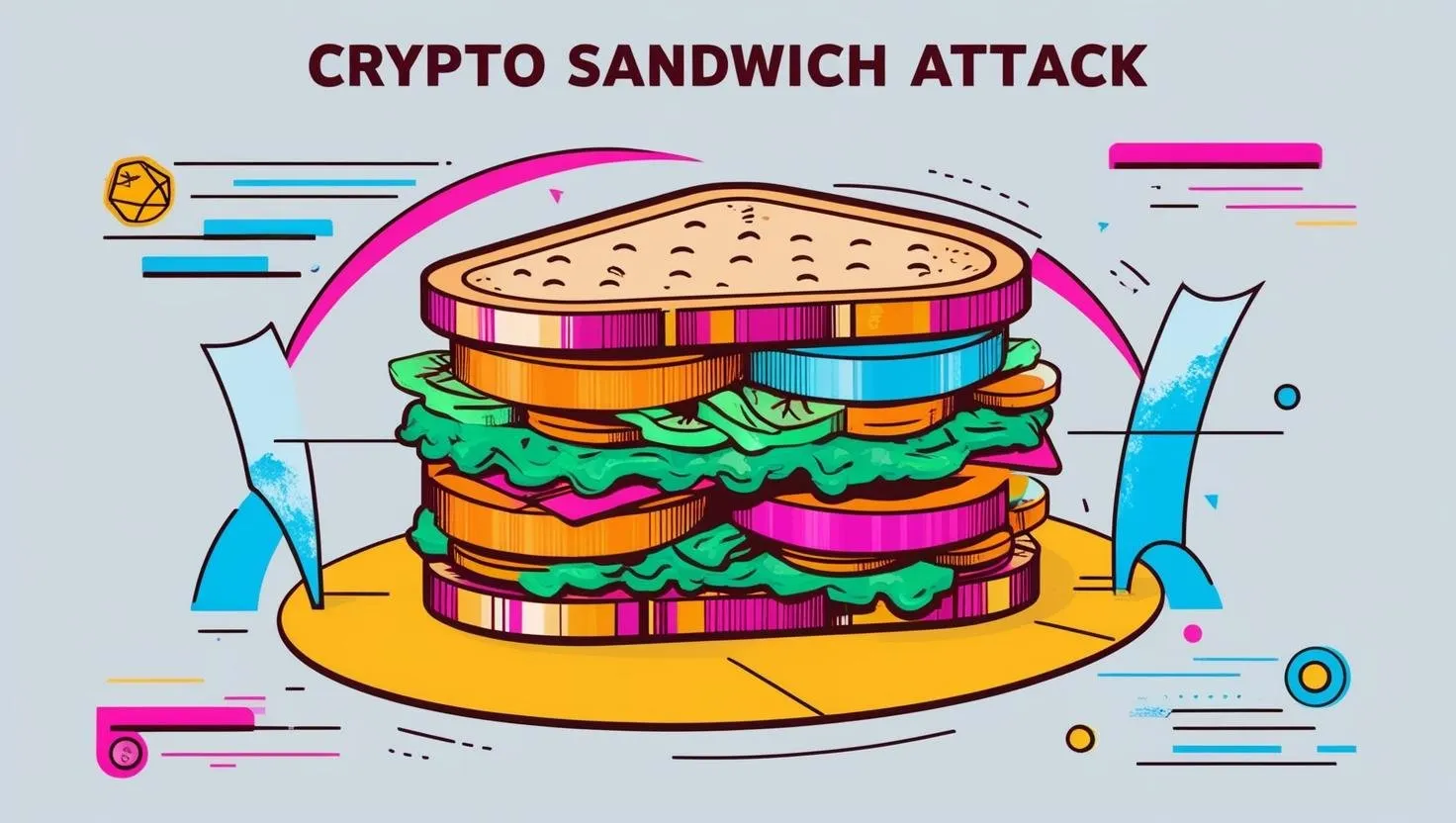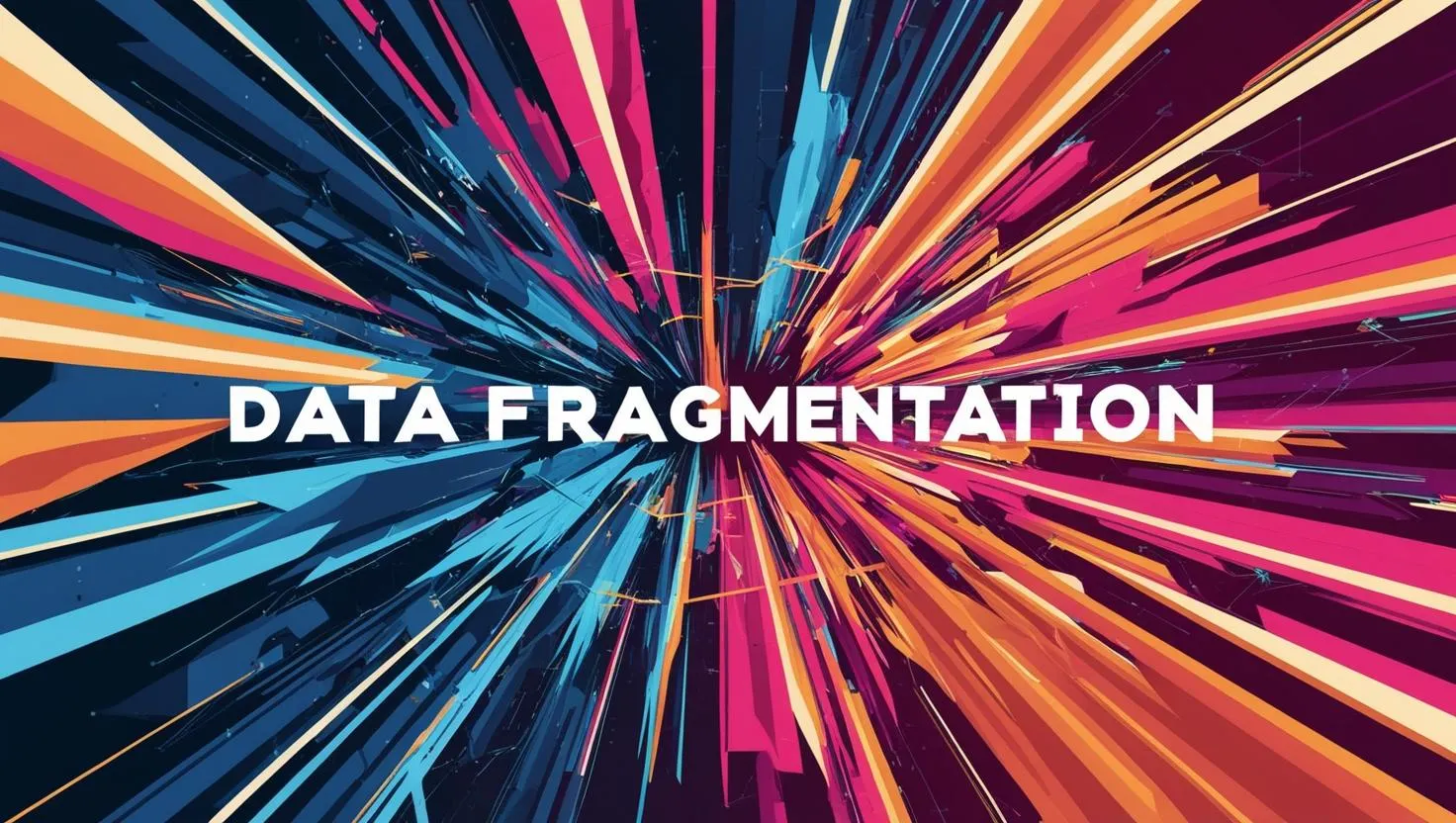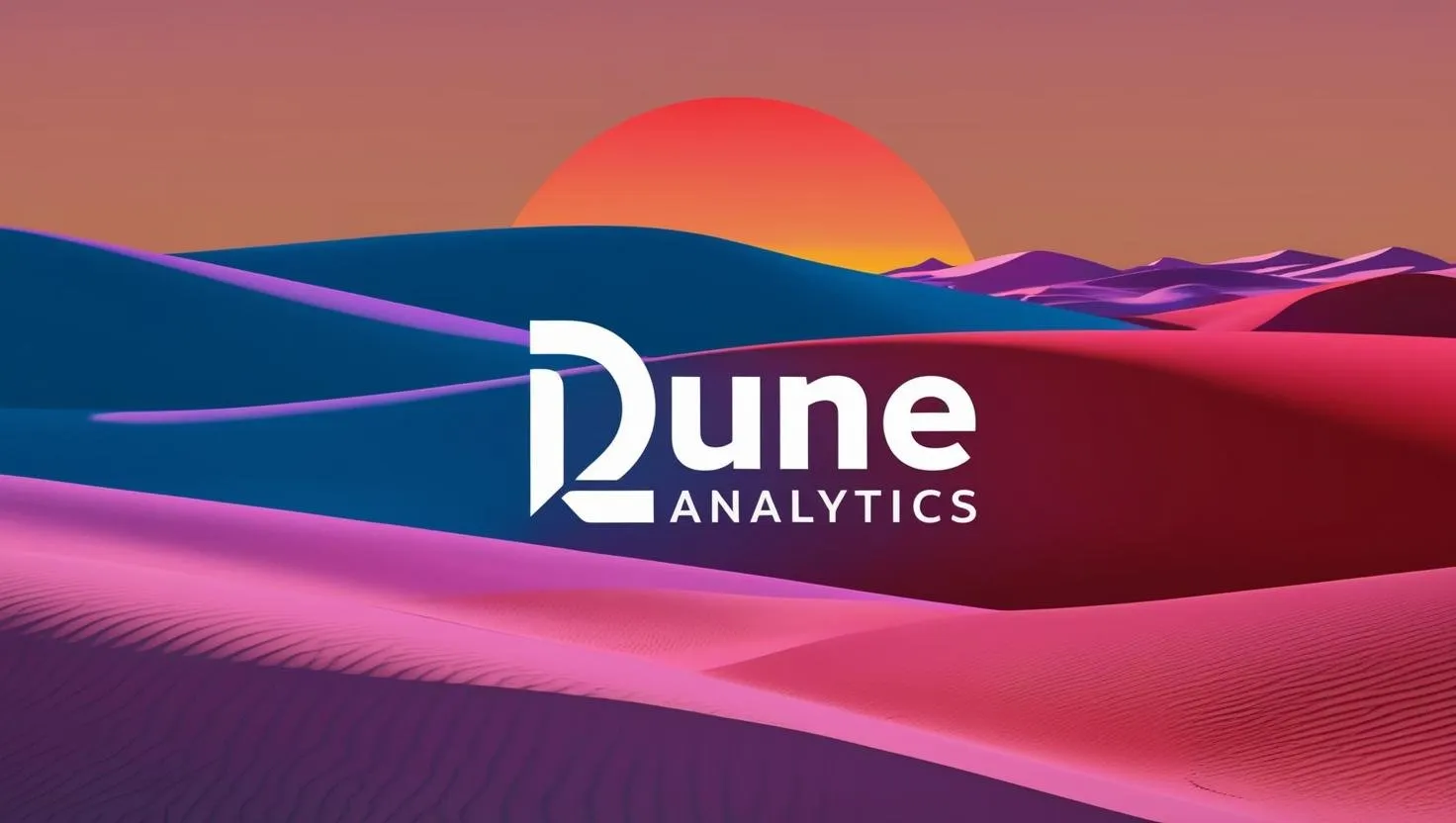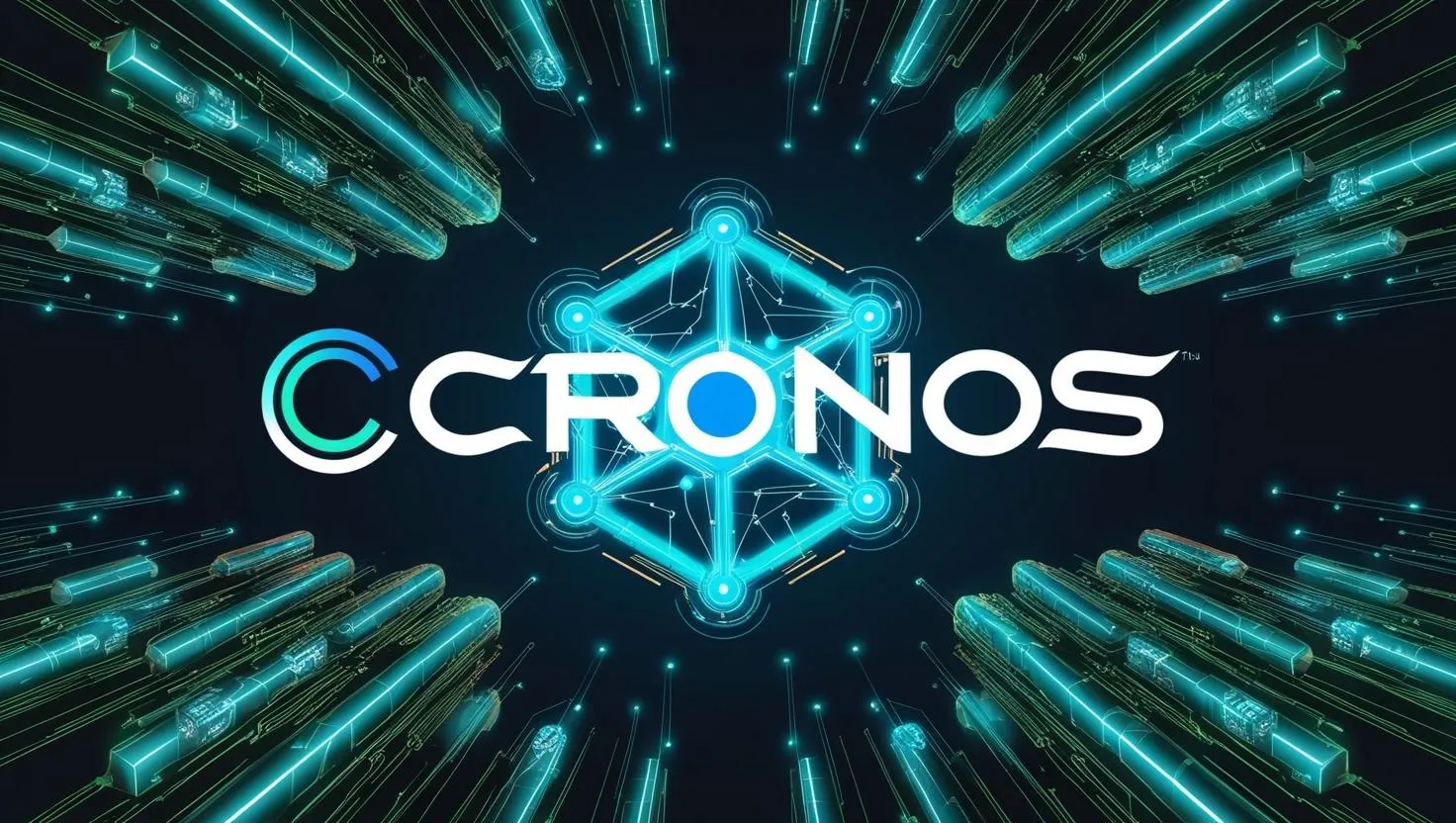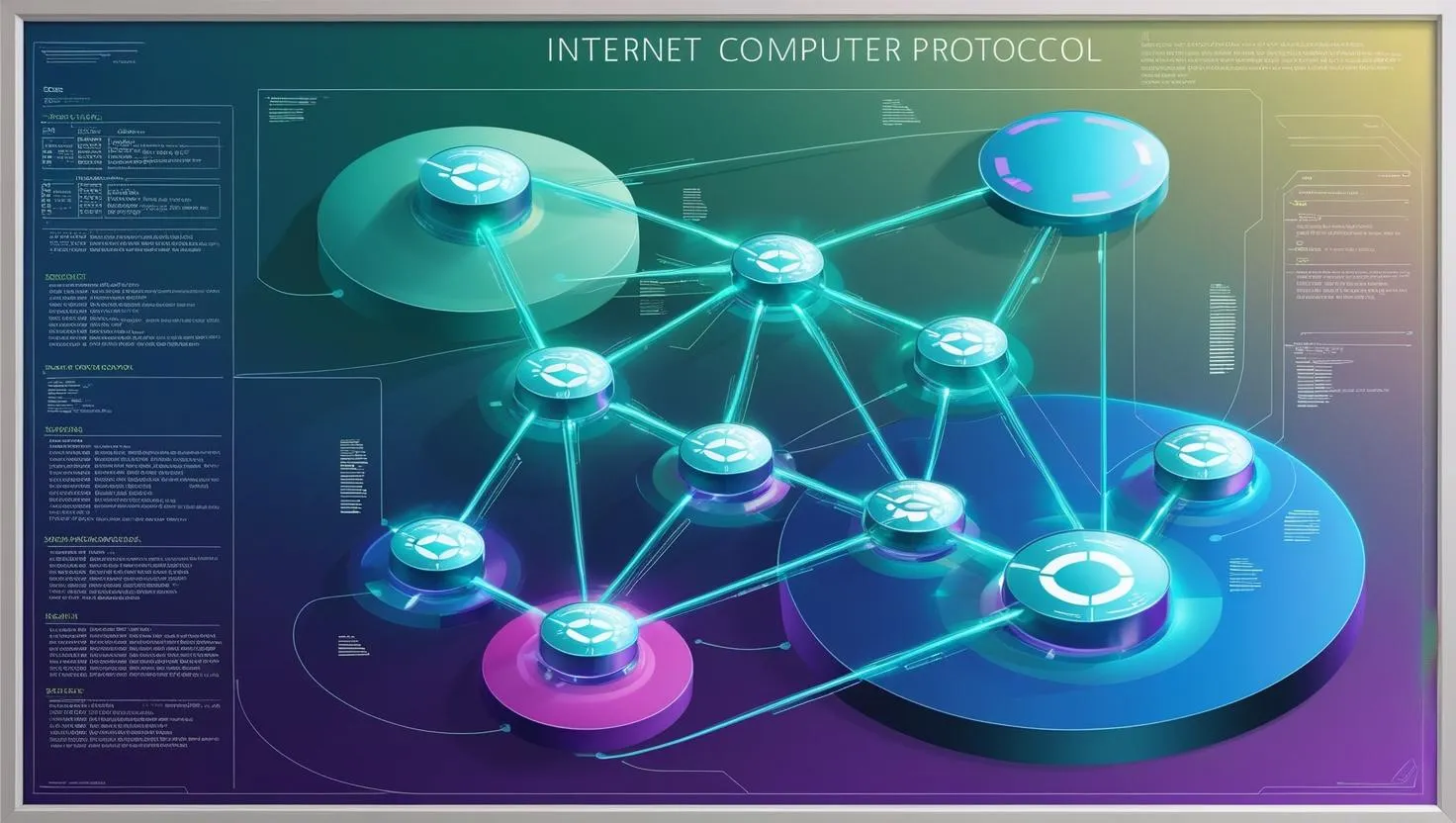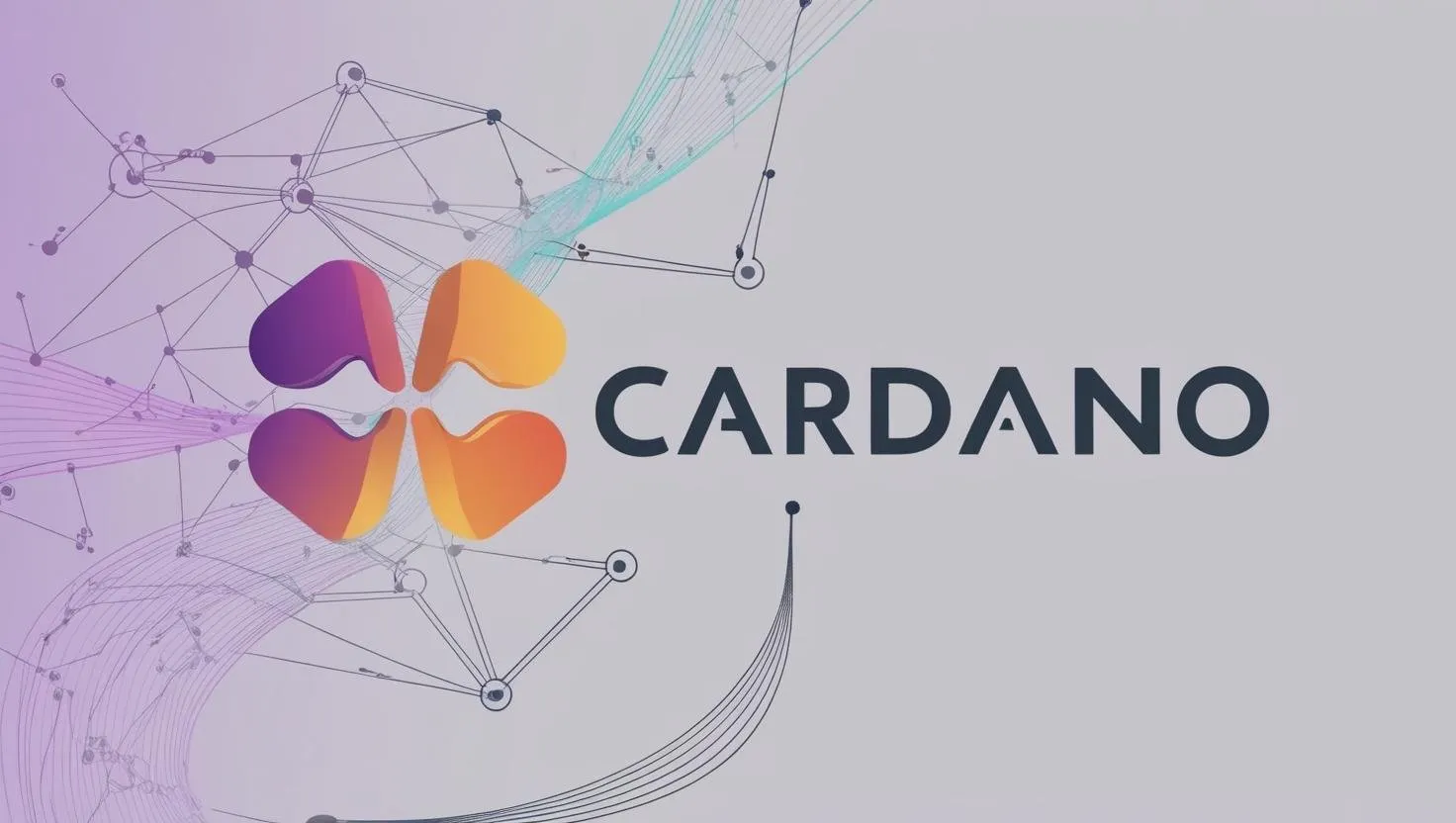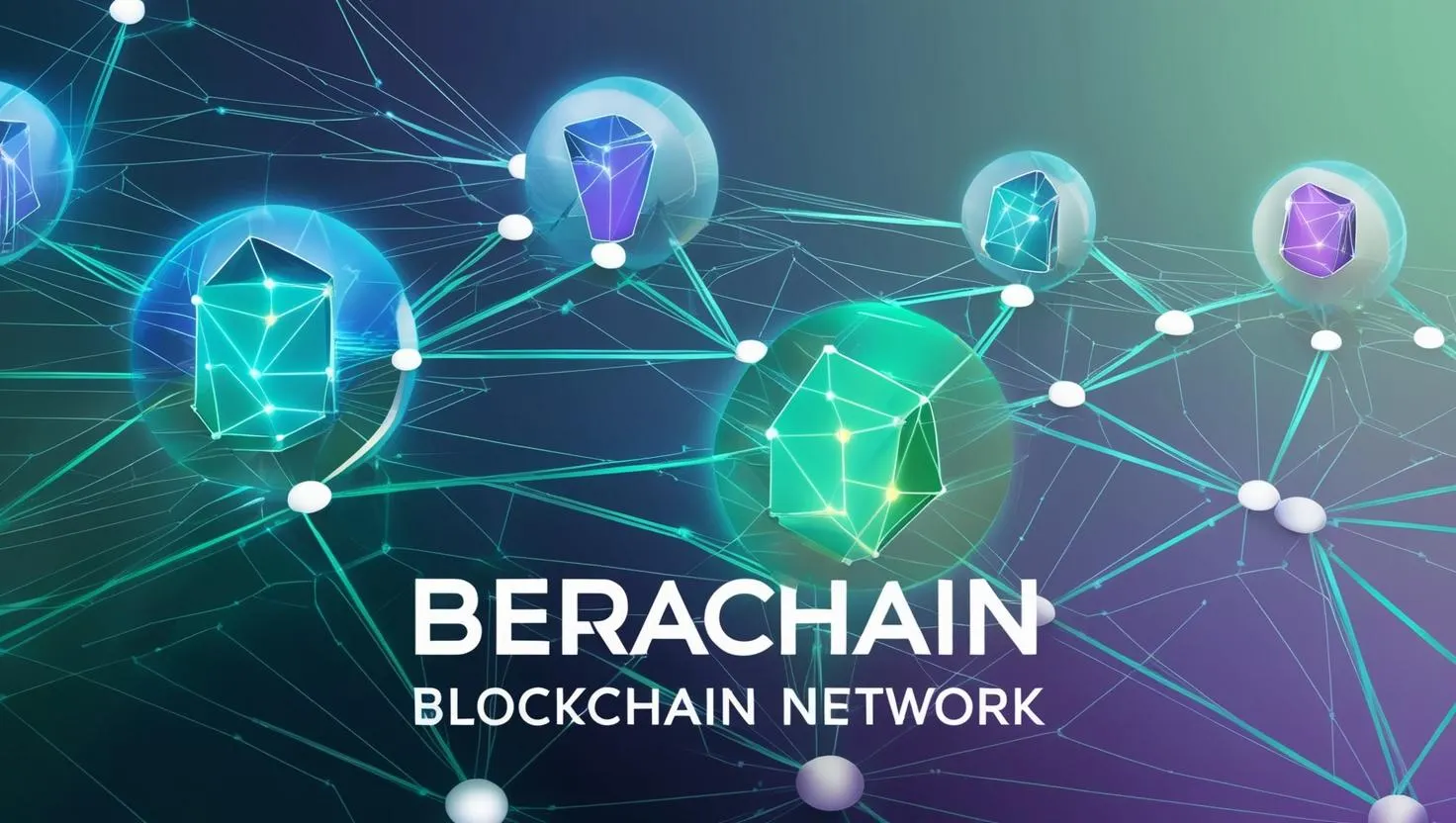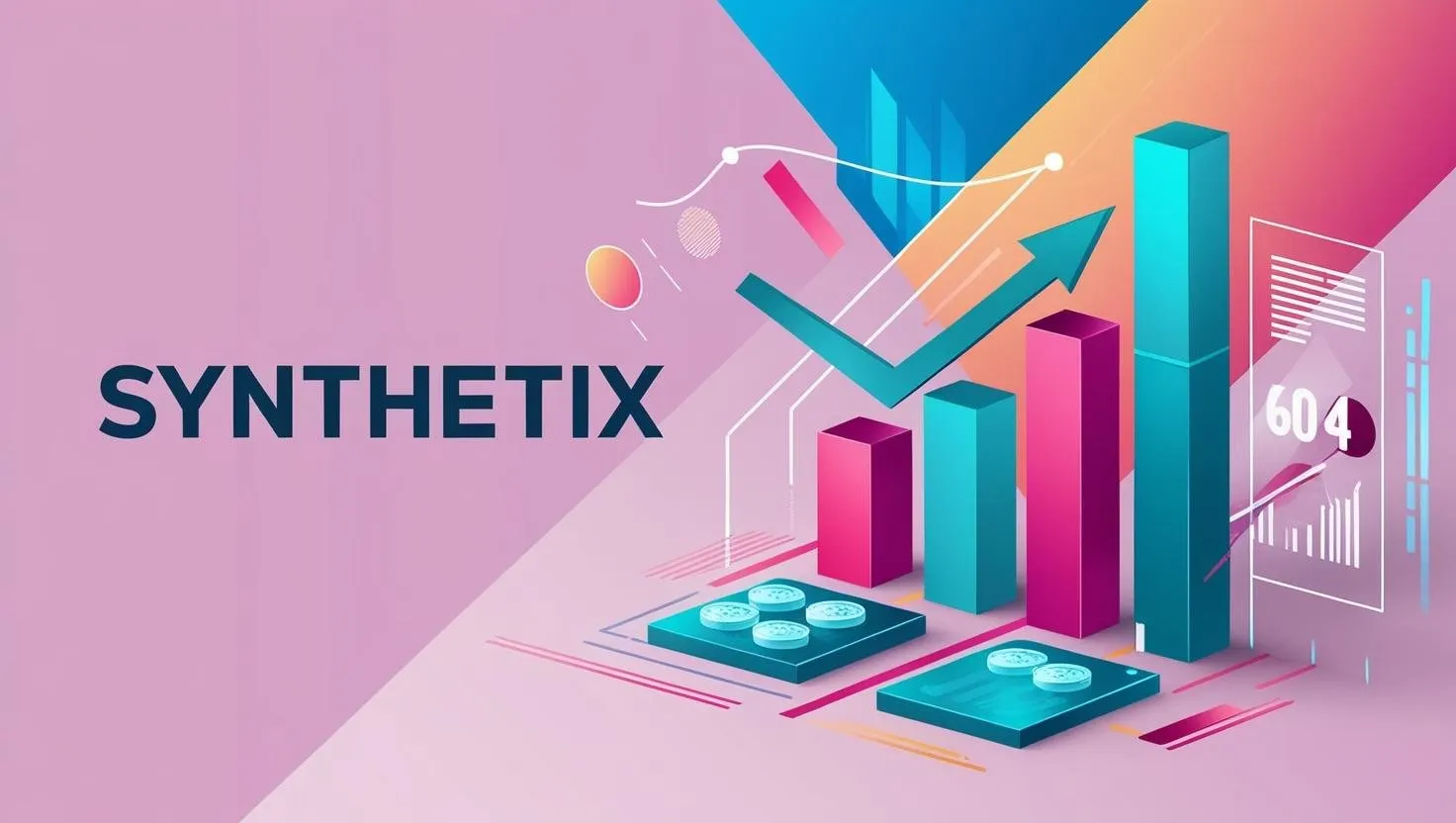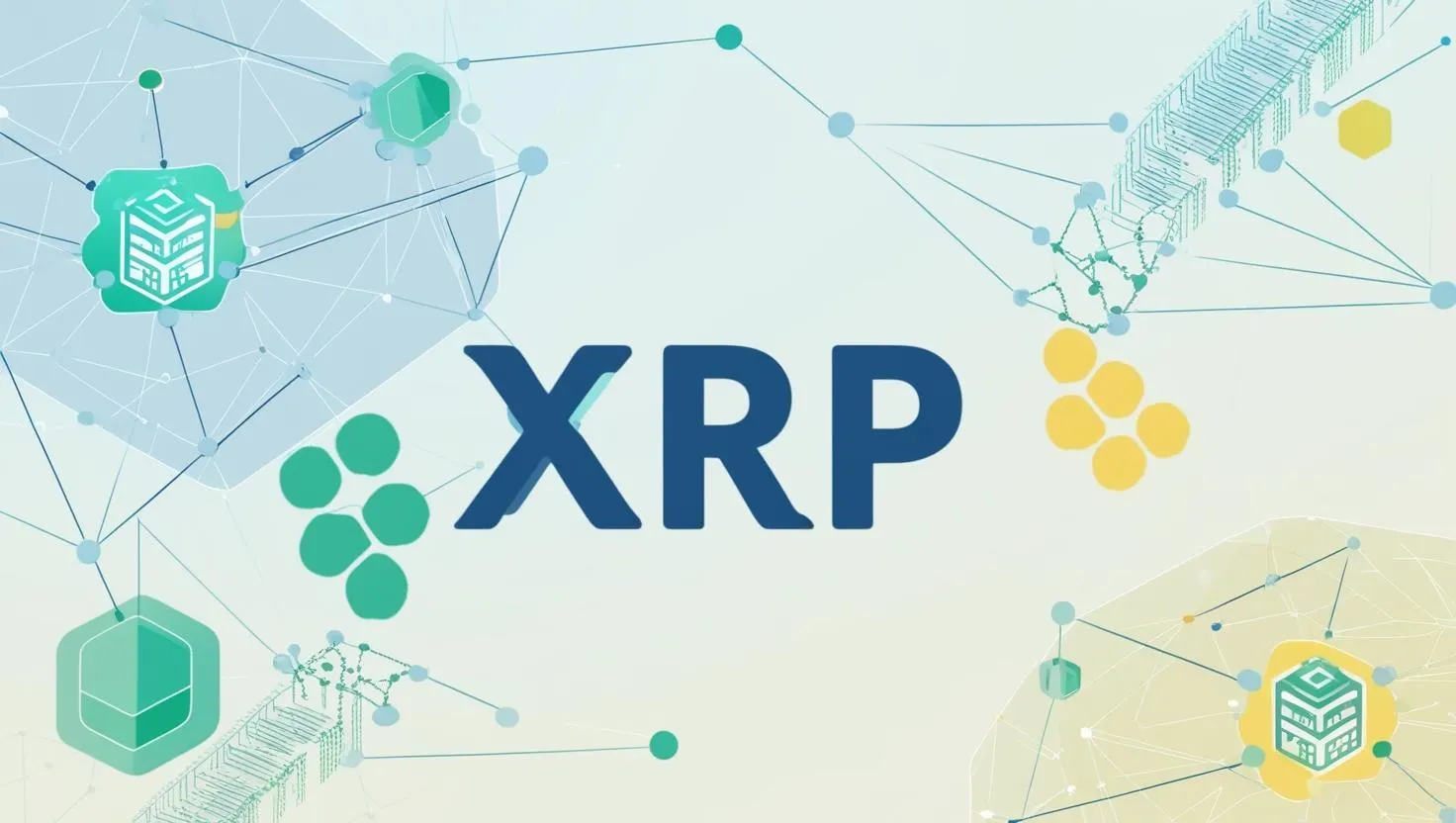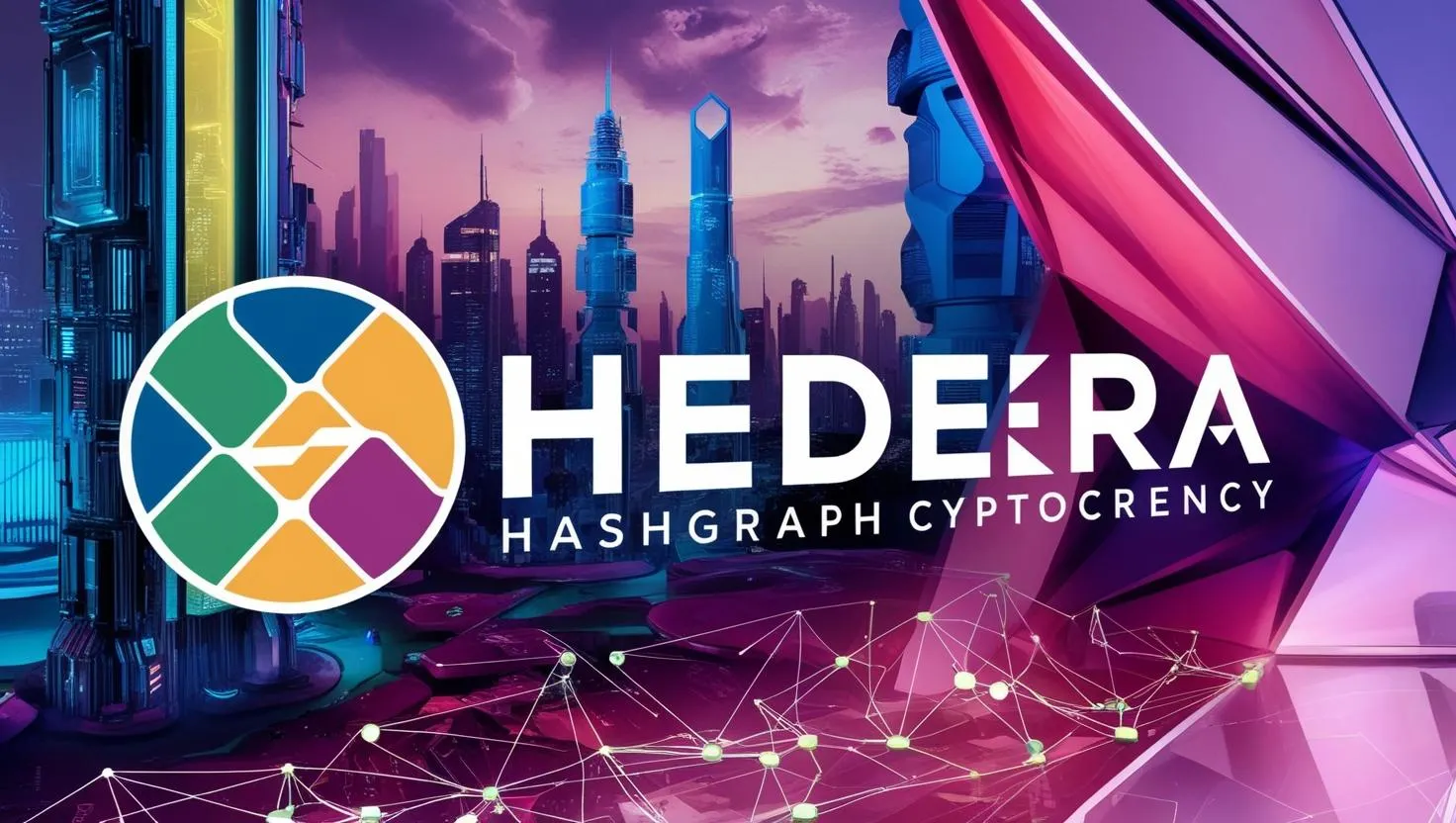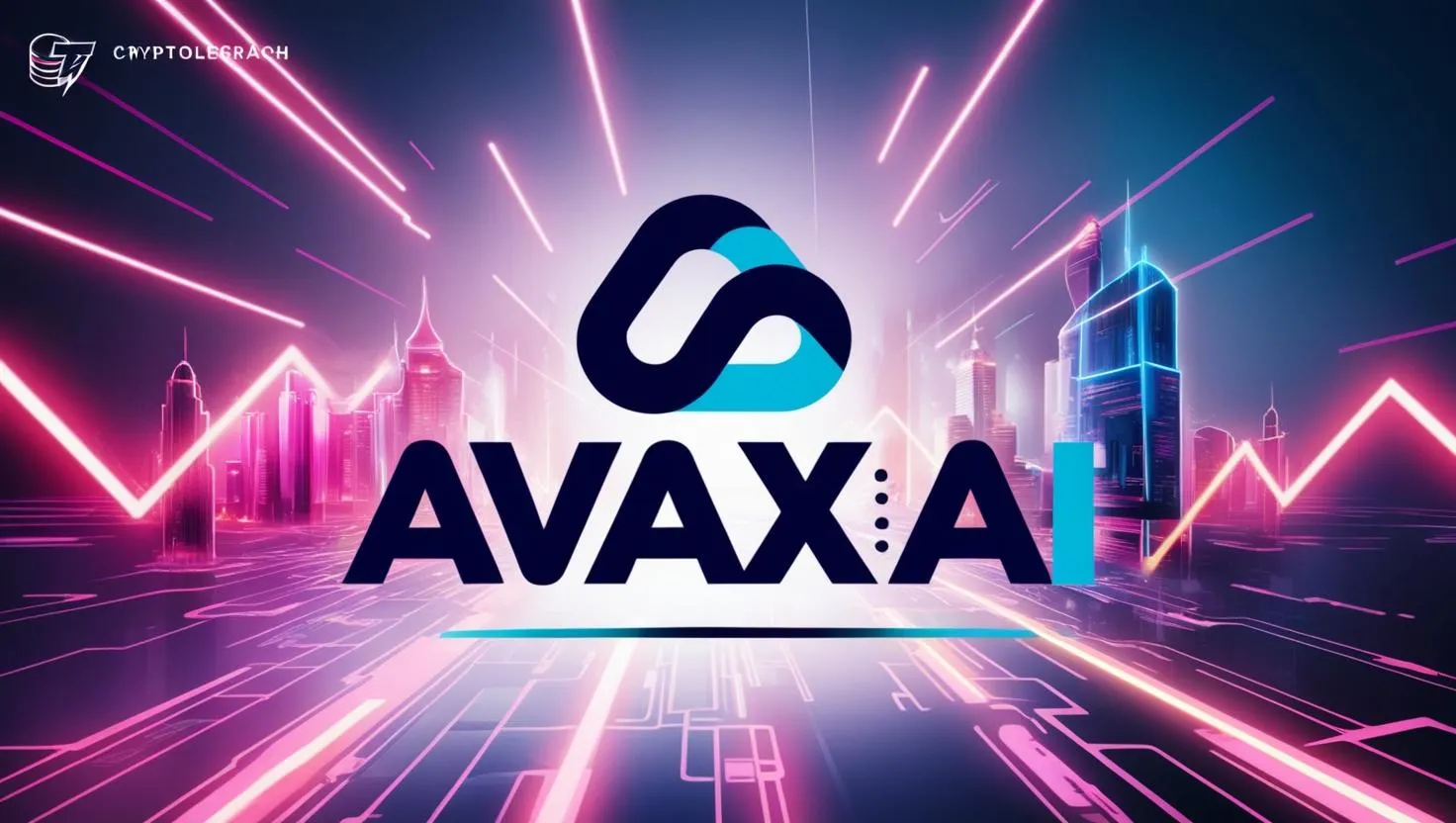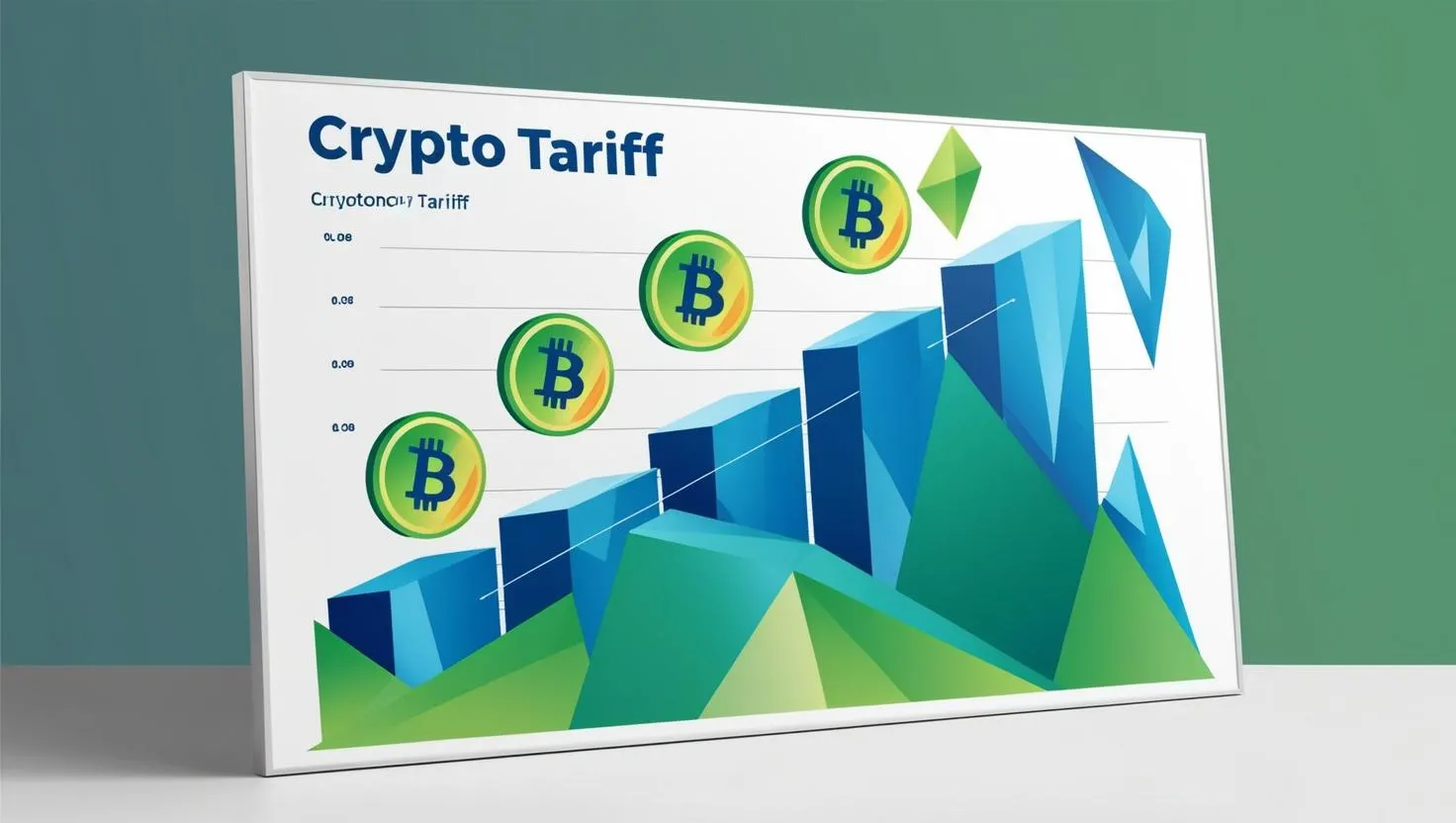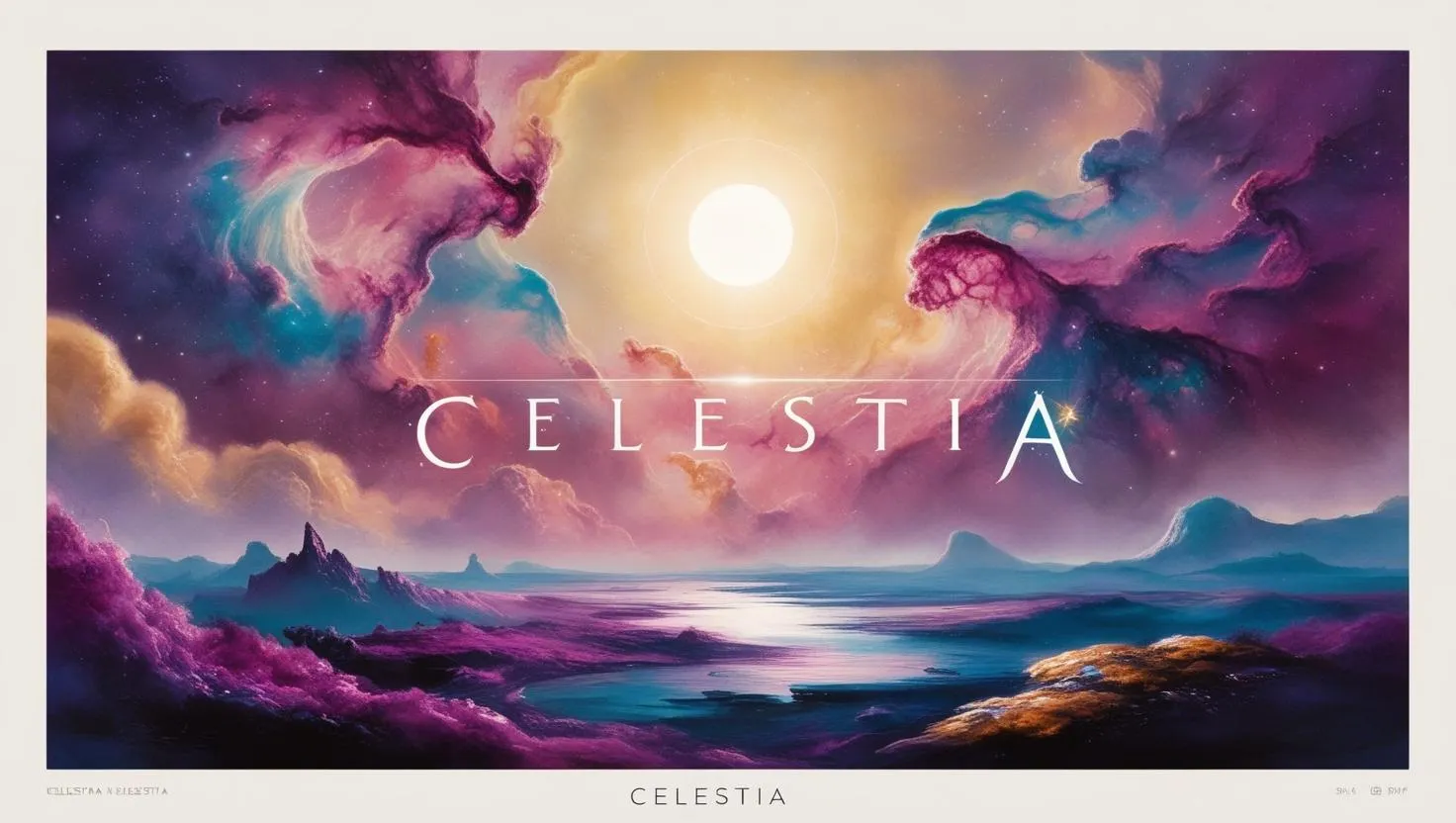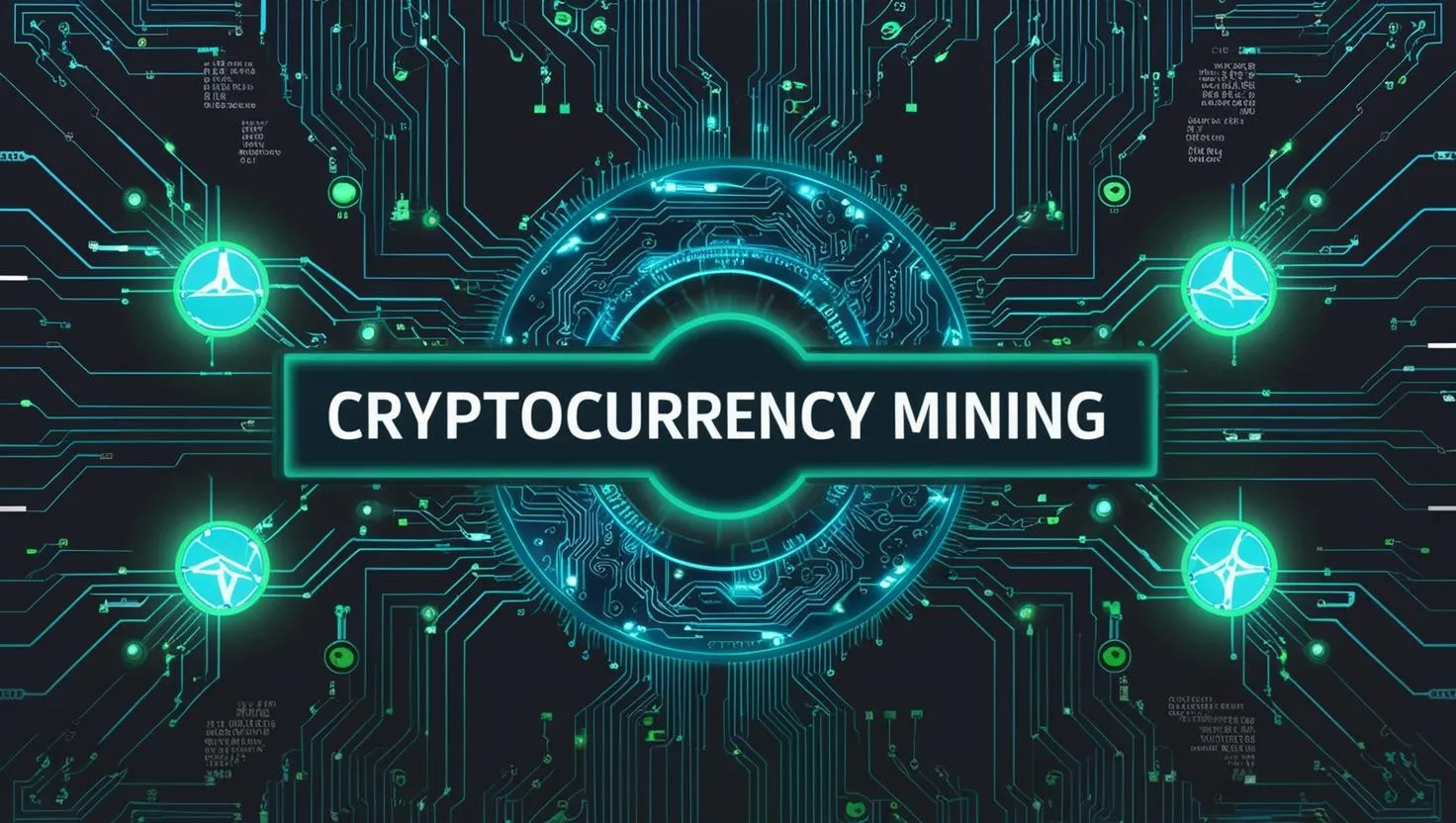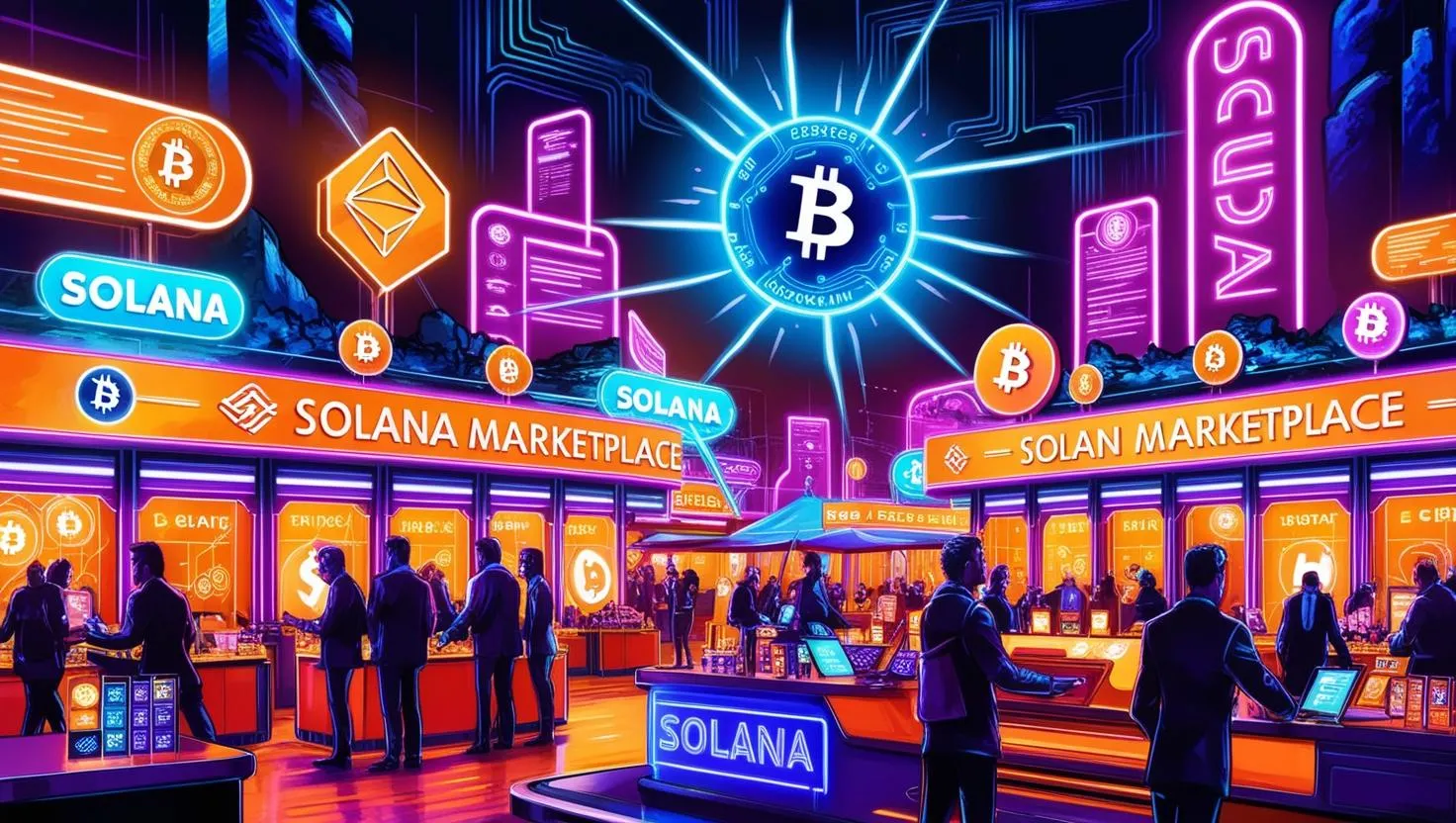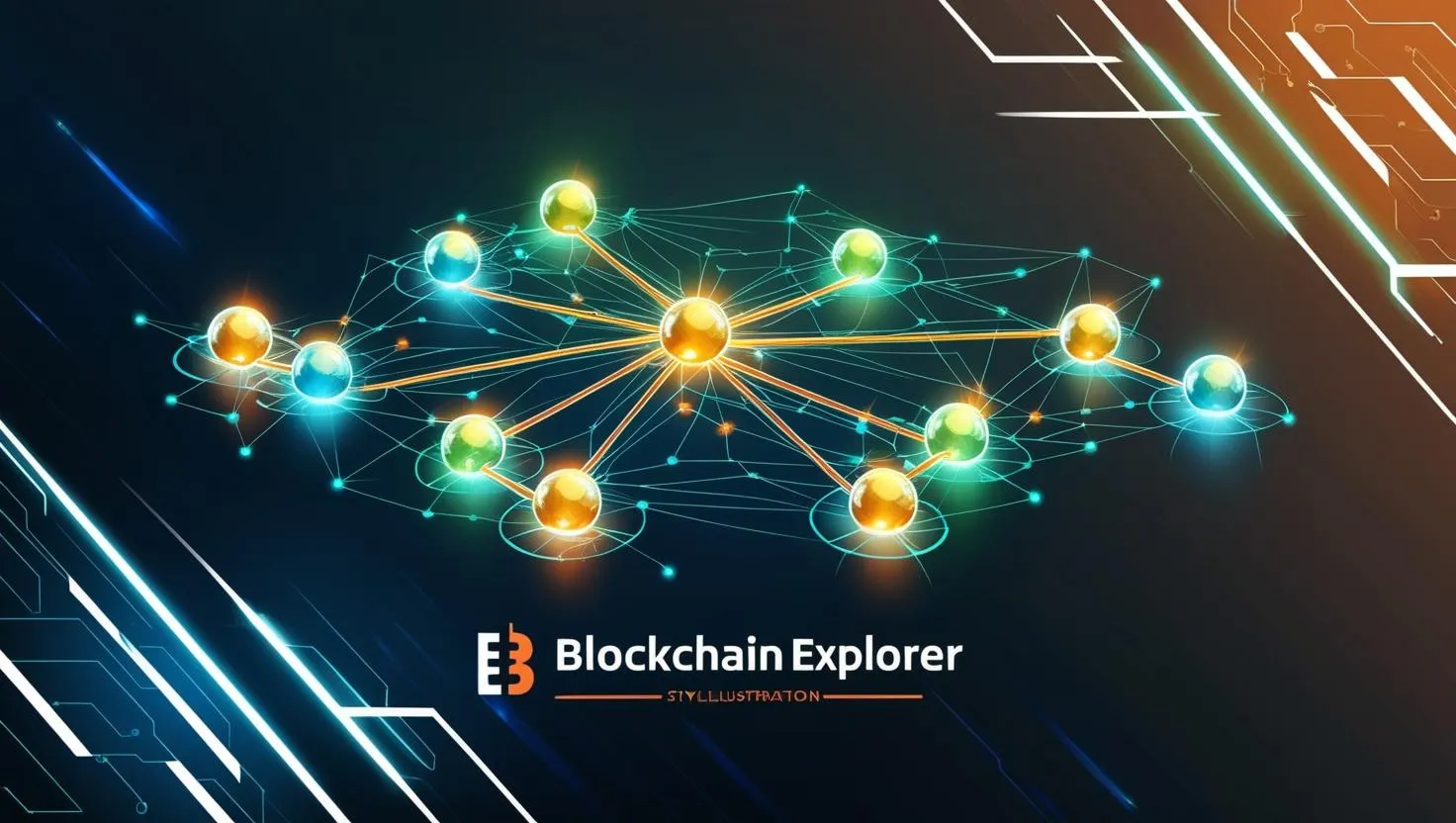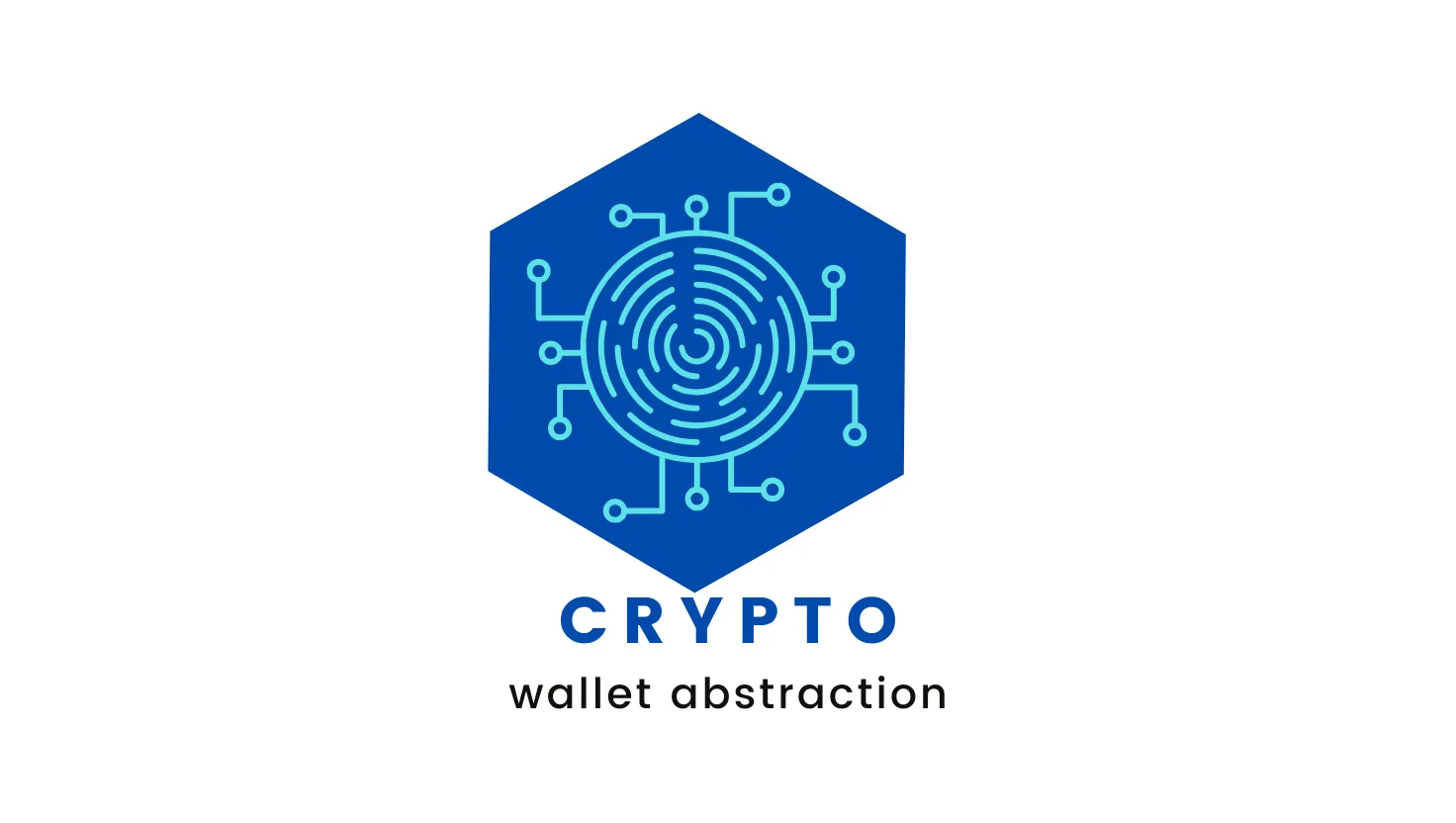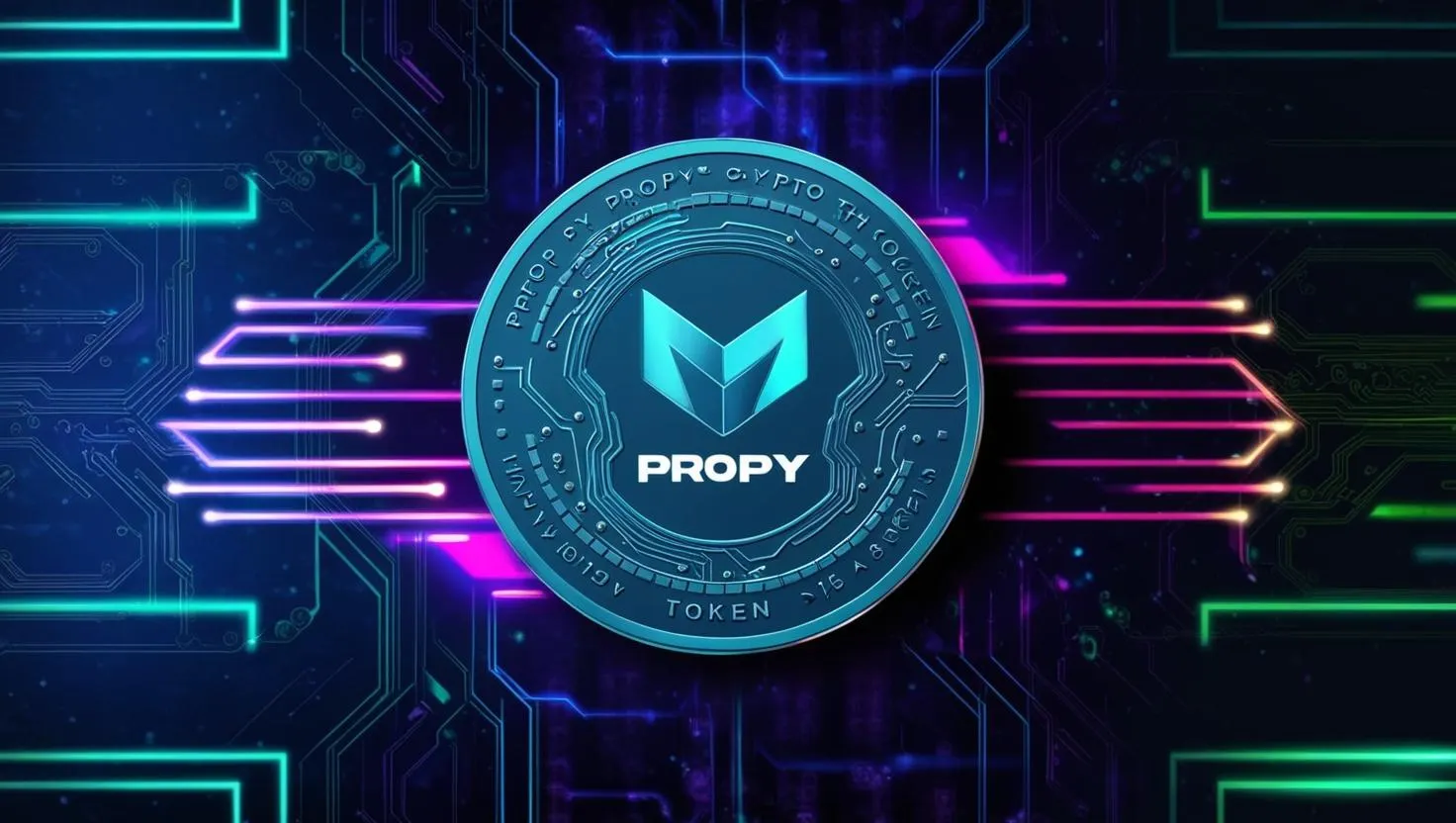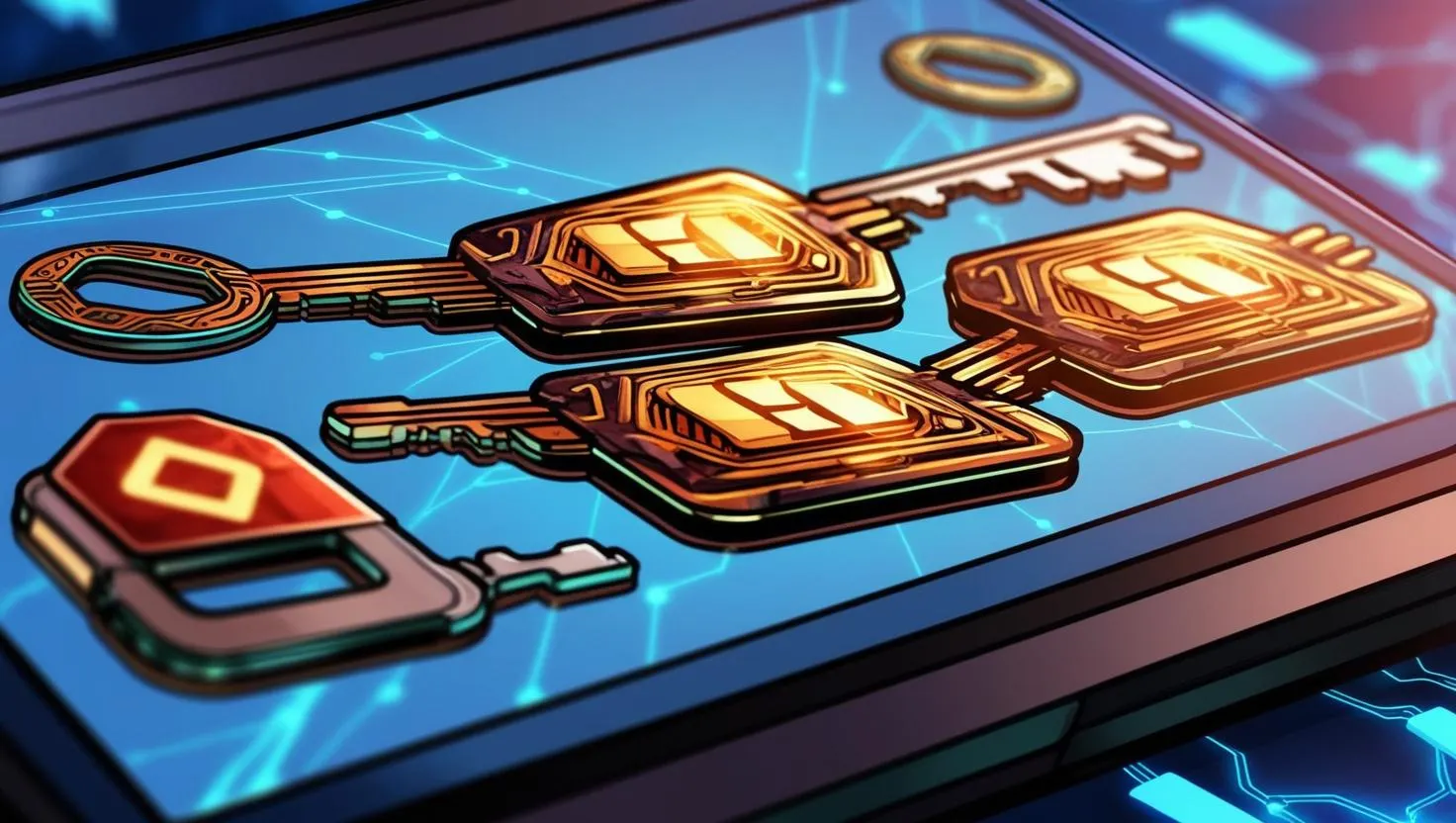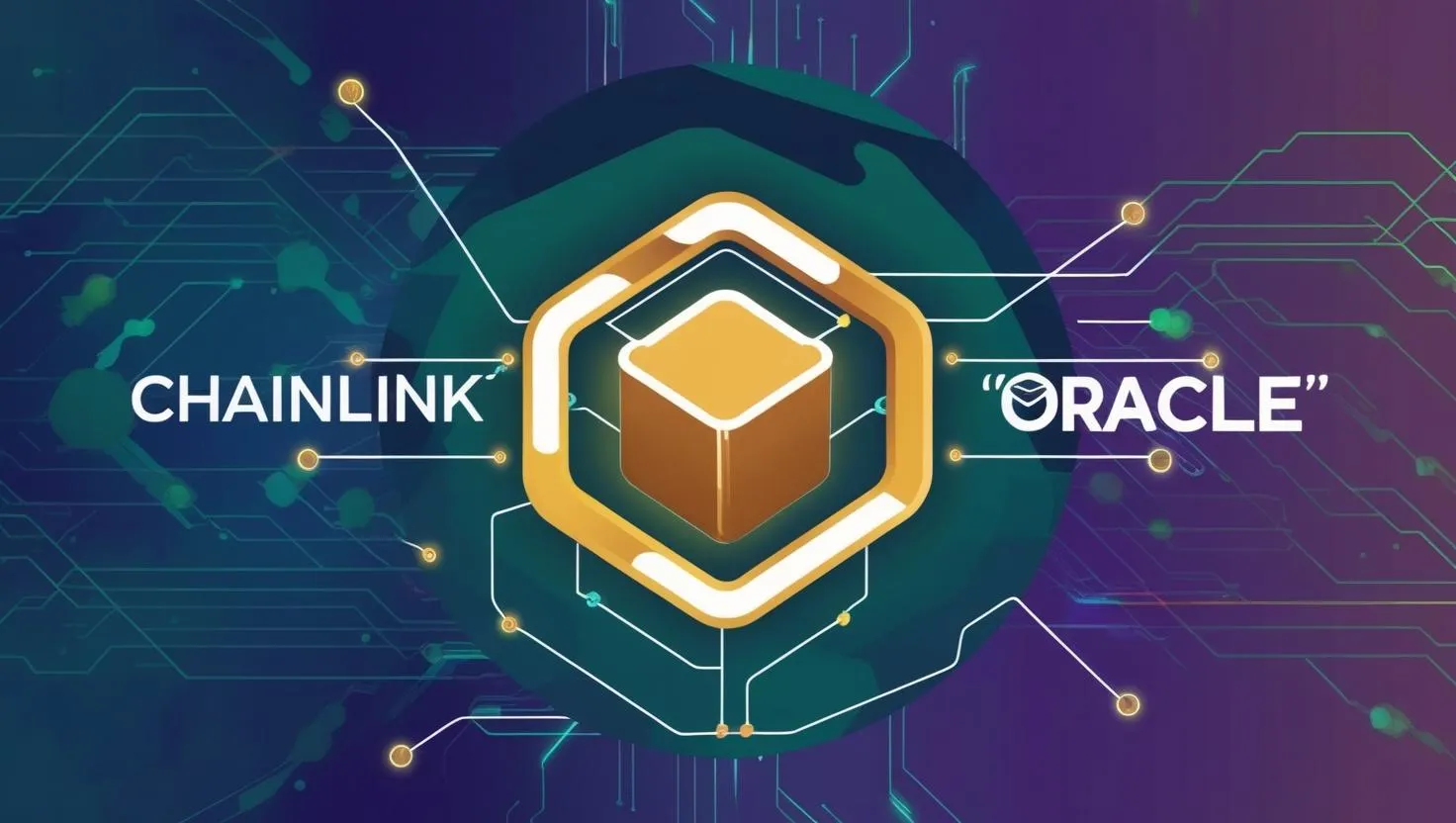Venus (XVS) Explained: Unlocking DeFi Lending, Borrowing & Stablecoins on Binance Smart Chain
Venus (XVS): A Deep Dive into the Decentralized Money Market Protocol
In the ever-evolving world of decentralized finance (DeFi), Venus (XVS) stands out as a robust lending and borrowing protocol built on the Binance Smart Chain (BSC). Launched in 2020, Venus aims to democratize financial services by offering a decentralized, efficient, and user-friendly platform for lending, borrowing, and minting synthetic stablecoins.
With over $1.9 billion in Total Value Locked (TVL) as of 2025, Venus has solidified its position as a key player in the DeFi ecosystem. This blog post explores the intricacies of Venus, its native token XVS, its core functionalities, and what makes it a compelling project for investors and DeFi enthusiasts alike.
What is Venus (XVS)?
Venus is an algorithmic money market and synthetic stablecoin protocol designed to facilitate decentralized lending and borrowing on the Binance Smart Chain (BSC).
Unlike traditional financial systems that rely on intermediaries like banks, Venus leverages blockchain technology and smart contracts to connect lenders and borrowers directly, eliminating the need for credit checks or centralized authorities.
The protocol is forked from established DeFi platforms like Compound and MakerDAO but introduces unique features tailored to the BSC ecosystem, such as low transaction fees and high-speed transactions.
At its core, Venus serves three primary functions:
- Lending and Borrowing: Users can lend cryptocurrencies to earn interest (Annual Percentage Yield, or APY) or borrow against collateralized assets at competitive rates.
- Stablecoin Minting: Venus enables users to mint VAI, a synthetic stablecoin pegged to the US dollar, using over-collateralized cryptocurrencies.
- Governance: The XVS token empowers holders to participate in the protocol’s governance, proposing and voting on changes to enhance the platform.
Venus was developed by the team behind Swipe, a cryptocurrency debit card platform, led by CEO Joselito Lizarondo. Acquired by Binance in 2020, Venus benefits from the scalability and low-cost infrastructure of the Binance Smart Chain, making it an attractive option for DeFi users seeking efficient transactions.
How Does Venus Work?
Venus operates as an algorithmic money market, meaning interest rates for lending and borrowing are dynamically adjusted based on supply and demand within the protocol. Here’s a breakdown of its key mechanics:
- Lending:
- Users deposit supported cryptocurrencies (e.g., BNB, USDT, USDC, BUSD, XVS, or others) into the Venus protocol as collateral.
- Deposited assets are converted into vTokens (e.g., vBNB, vUSDT), which accrue interest based on a variable APY determined by market demand.
- Lenders earn a compounded APY paid per block, providing passive income without intermediaries.
- Borrowing:
- Users can borrow cryptocurrencies by depositing collateral, with loan amounts determined by the collateral factor (e.g., depositing $1,000 of SXP with a 60% collateral factor allows borrowing up to $600). Loans require over-collateralization (typically 200% or more) to protect the protocol from defaults.
- Borrowers pay interest based on market-driven rates, and the protocol calculates loan eligibility transparently based on deposited collateral.
- Stablecoin Minting (VAI):
- Venus allows users to mint VAI, a BEP-20 stablecoin pegged to $1 USD, by posting at least 200% collateral in supported cryptocurrencies.
- VAI can be used within the Venus ecosystem, deposited into Venus Vaults for liquidity mining rewards, or spent globally via the Swipe framework at over 60 million locations.
- Governance with XVS:
- The XVS token is the governance backbone of Venus. Holders can propose and vote on protocol upgrades, such as adding new collateral types, adjusting parameters, or implementing new features.
- Governance is fully decentralized, with no pre-mined tokens allocated to the team, developers, or founders, ensuring community-driven decision-making.
- Liquidity Mining and Staking:
- Users can stake XVS or VAI in Venus Vaults to earn additional rewards, including XVS tokens.
- Liquidity providers can contribute XVS to pools to facilitate token swaps and earn rewards, enhancing the protocol’s liquidity.
Venus leverages the Binance Smart Chain’s high-speed, low-cost infrastructure, enabling near-instant transactions and minimal fees compared to Ethereum-based protocols. The platform uses price feed oracles to ensure accurate asset pricing, reducing the risk of manipulation.
The XVS Token: Utility and Tokenomics
The XVS token is a BEP-20 token native to the Venus protocol, serving multiple purposes within the ecosystem. Here’s a detailed look at its utility and tokenomics:
- Utility:
- Governance: XVS holders can propose and vote on protocol changes, such as adding new collateral assets or upgrading smart contracts. This ensures the protocol evolves in line with community needs.
- Staking and Yield Farming: Users can stake XVS to earn rewards or participate in yield farming, contributing to network security and liquidity.
- Collateral and Borrowing: XVS can be used as collateral to borrow other cryptocurrencies or to mint VAI stablecoins.
- Liquidity Provision: XVS holders can contribute to liquidity pools to earn rewards and facilitate token swaps.
- Cross-Chain Interoperability: XVS is supported on multiple chains (e.g., BNB Chain, zkSync), enhancing its utility across DeFi ecosystems.
- Tokenomics:
- Total Supply: 30,000,000 XVS tokens.
- Circulating Supply: As of 2025, approximately 16.6 million XVS tokens are in circulation (55% of the total supply).
- Distribution:
- 79% of the total supply is allocated to ecosystem mining (35% to lenders, 35% to borrowers, 30% to VAI minters).
- 20% was distributed via the Binance Launchpool, with no pre-sale or private sale.
- 1% is reserved for Binance Smart Chain ecosystem grants.
- No tokens were pre-mined for the team, ensuring a fair launch.
- Burn and Deflationary Mechanisms: Recent proposals in 2025 aim to introduce XVS burning and vesting mechanisms to make the token deflationary, aligning with long-term growth and protocol health.
- Market Data: As of June 16, 2025, XVS is trading at approximately $6.58–$11.70 USD, with a market cap of around $107–$119 million USD. Its all-time high was $147.02 in May 2021, and its all-time low was $1.65 in October 2020.
Key Features and Competitive Edge
Venus differentiates itself from other DeFi lending protocols through several unique features:
- Low Transaction Costs: Built on Binance Smart Chain, Venus benefits from BSC’s low gas fees, making it more accessible than Ethereum-based protocols like Aave or Compound.
- High-Speed Transactions: BSC’s infrastructure ensures near-instant transaction confirmations, improving user experience.
- VAI Stablecoin: Venus’s synthetic stablecoin, VAI, is backed by a basket of cryptocurrencies rather than a single asset or fiat, enhancing stability and flexibility.
- Over-Collateralized Loans: Requiring at least 200% collateral minimizes default risks and protects lenders through a reserve pool.
- Community Governance: With no pre-mined tokens for the team, Venus is fully community-driven, fostering trust and decentralization.
- Multi-Chain Support: Venus has expanded to support over six chains, including zkSync, increasing its interoperability and reach.
- Security: Venus has undergone security audits (e.g., by Certik), and while no major hacks have been reported, the protocol maintains a reserve pool to cover potential bad debt.
How to Get Started with Venus
To interact with Venus, users need a compatible wallet and some BNB for gas fees. Here’s a step-by-step guide:
- Set Up a Wallet:
- Use a wallet like MetaMask or Binance Chain Wallet, configured for Binance Smart Chain. Add XVS to your wallet using its contract address: 0xcf6bb5389c92bdda8a3747ddb454cb7a64626c63.
- Acquire BNB:
- Purchase BNB on exchanges like Binance, then transfer it to your wallet to cover transaction fees.
- Buy XVS:
- XVS is available on exchanges like Binance, KuCoin, MEXC, PancakeSwap, and Crypto.com. You can buy XVS directly with fiat or swap it for other cryptocurrencies like USDT.
- Connect to Venus:
- Visit the Venus protocol website (venus.io) and connect your wallet to lend, borrow, or mint VAI. You can also stake XVS in Venus Vaults to earn rewards.
- Store XVS Securely:
- Store XVS in a secure wallet like MetaMask, Klever Wallet, or MyEtherWallet. Always back up your seed phrase and enable two-factor authentication (2FA).
Risks and Considerations
While Venus offers compelling opportunities, DeFi investments carry inherent risks. Here are key considerations:
- Volatility: XVS’s price is highly volatile, with a 96% drop from its all-time high of $147.02 in May 2021 to its current range of $6–$12 in 2025. Cryptocurrency prices are influenced by market sentiment, regulatory changes, and macroeconomic factors.
- Liquidity Risk: Staking XVS involves lock-up periods, limiting access to funds until the staking period ends or network conditions are met.
- Smart Contract Risks: While audited, Venus’s smart contracts could have vulnerabilities. A 2021 price manipulation incident led to $200 million in liquidations and $95 million in bad debt, though the protocol recovered using its reserve pool.
- Slashing Risk: Validators staking XVS may face penalties (slashing) for failing to validate transactions correctly or going offline.
- Regulatory Uncertainty: Cryptocurrencies face varying legal statuses globally, which could impact Venus’s operations or XVS’s value.
- Market Manipulation: The 2021 XVS price spike highlighted the risk of manipulation in low-liquidity markets, though Venus has since improved its mechanisms.
Investors should conduct thorough research, assess their risk tolerance, and consider consulting a financial advisor before investing in XVS or using the Venus protocol.
Market Performance and Future Outlook
As of June 16, 2025, Venus (XVS) has a market cap of approximately $107–$119 million USD, ranking it around #346–#457 among cryptocurrencies. Its 24-hour trading volume ranges from $717,000 to $12.46 million USD, indicating moderate liquidity. The protocol’s TVL of $1.9 billion and annualized revenue of over $10 million reflect strong adoption.
Recent developments signal a promising future:
- Tokenomics Evolution: Proposals for XVS burning and vesting aim to make the token deflationary, potentially increasing its value.
- BNB Burn Engine: Venus is becoming a “burn engine” for BNB, with no new XVS emissions on BNB Chain, enhancing scarcity and governance strength.
- Multi-Chain Expansion: Integration with chains like zkSync and support for stablecoins like USD1 by World Liberty Financial broaden Venus’s reach.
- Strong Treasury: Venus’s treasury, valued at over $21 million, supports protocol stability and growth.
Analysts are optimistic about Venus’s potential, with some predicting new all-time highs in 2025 due to its unique features and growing DeFi adoption. However, past performance is not indicative of future results, and investors should remain cautious.
Why Venus Matters in DeFi
Venus (XVS) is more than just a lending protocol; it’s a gateway to financial inclusion in the DeFi space. By eliminating intermediaries, offering low-cost transactions, and enabling community governance, Venus empowers users worldwide to access lending, borrowing, and stablecoin minting without the barriers of traditional finance. Its integration with Binance Smart Chain and multi-chain support positions it as a scalable and versatile platform.
For crypto enthusiasts, Venus offers a blend of passive income opportunities, governance participation, and exposure to a growing DeFi ecosystem. However, like all cryptocurrencies, it comes with risks that require careful consideration. Whether you’re a lender seeking APY, a borrower needing quick liquidity, or an investor eyeing XVS’s potential, Venus provides a compelling case for exploration.
To learn more, visit venus.io or check out exchanges like Binance, MEXC, or PancakeSwap to start your Venus journey. Always do your own research (DYOR) and stay informed about market trends before diving in!
Disclaimer: This article is for informational purposes only and does not constitute financial advice. Cryptocurrency investments carry high risks, and you should conduct thorough research and consult a financial advisor before investing.

